About ten years ago, when I first realized I was passionate about biology, I told my parents I wanted to pursue a career in science. Interestingly, they had two completely opposite reactions: relief that I was not going to choose an oversaturated profession, like a lawyer or an economist, and confusion since they had no idea what a scientist does. Their reaction wasn’t unusual; while students continue to choose research as their career path, the word “scientist” remains mysterious and vague in the public imagination.
Today, we will talk about science and a scientific career with Dr. Prasanti Kotagiri—a bright young researcher who has published papers in high-profile journals and recently launched her group at Monash University, Melbourne—exploring how people choose to become scientists, what makes someone a good scientist, and how scientists contribute to handling misinformation and questions from the public.
A career in science is a perfect place to explore things on a deeper level, regardless of the previous background. While many associate a career in biomedical research with a simple linear trajectory, which includes a biology or chemistry major undergraduate, followed by several years of graduate school, this is not the only possible path. For example, Dr. Kotagiri started considering a career in research while attending medical school. “After my second year of medical school, I was craving to understand things properly, because the medical school knowledge looked too broad and superficial to me,” she said. For her, as much as for many other researchers, science came into play not as a childhood dream or a logical next step in the career ladder. For such people, research was a tool to answer questions that have never been answered before. Regardless of someone’s background, science remains open for everyone who has the internal curiosity and drive to change the world.
Being a good scientist involves many aspects, such as being truthful, collaborative, and open-minded, but above all of that it requires being in love with science. As Dr. Kotagiri phrased it: “Science isn’t a job. It’s a calling, a passion, a path.” Any career would benefit from being projected as a vocation, but otherwise most can easily tolerate simply being seen as a source of income. However, it won’t work with science. Ninety-five percent of the time things fail or don’t work as expected; therefore, for someone who is used to constant successes – such as a career overachiever – doing science might feel miserable. Dr. Kotagiri kindly shared that recently she applied for 4 different research grants and didn’t win a single one. Surprisingly, to some readers, she didn’t get discouraged at all. For over a decade she has been working in the field, she is used to seeing rejection as a natural state of things. To find one working solution, researchers should have tested and put effort into ten thousand that don’t work. This is the best illustration of the chances that scientists deal with every day.
Besides being deeply passionate and persistent, a good scientist should follow academic integrity and be capable of finding a balance between healthy skepticism and enthusiasm. Self-doubt is what comes alongside any good researcher, but it should be “healthy.” “If you always think that people have already published it, you would never get published.” Dr. Kotagiri explained. “However, being too self-assured might be dangerously misleading.” To illustrate this idea, let’s refer to several world-famous research scandals – a somber death of a prominent stem cell biologist Dr. Yoshiki Sasai, who committed suicide after finding out his student falsified the data, or another significant falsification of images in Alzheimer’s diseases study, where a very influential paper that shaped the field for many years, was retracted from the journal Nature because of fraud. These examples embody the idea that being truthful is the cornerstone of good science. “The reason why we do all this is to understand things and make our knowledge better in the field, and, hopefully, to improve the lives of people,” Dr.Kotagiri explained. “And even if not, to understand something better, you should be truthful with the information you have in front of you.”
Since there is an ongoing crisis of trust in science among laypersons, many scientists leave the experimental work and turn to promoting science on social media, and the world would benefit if this trend continues as it helps combat misinformation. In March 2025, The Science Coalition – a nonprofit nonpartisan organization – released the results of the survey which shows that “74% of voters support the federal government using taxpayer funds to invest in scientific research.” This surprisingly high number reflects a lot of collaborative work that researchers have done to prove to the public that their work is important. It has been done slowly over the years by scientists turning into writers, educators, or simply – content creators on social media platforms. Dr. Kotarigi, for example, believes that giant progress has already been made in communicating science to lay people. “Engaging with the public while talking the language people can understand is what benefits the field,” she stated.
As much as scientists try to educate people, they also try to ensure that their research reflects real-world needs. Describing how the grants system works at Monash University, Dr. Kotarigi said: “If you are researching lupus, you typically speak to the lupus advocacy group to see if it’s interesting, and to also discuss, what do they[patients] think is the biggest problem with their health.” Such existing approaches ensure that scientific work stays connected to those who need it and doesn’t happen in a vacuum. It also reflects the money-wise concept, because science is often done for the money of taxpayers, which also makes scientists stick to things that are in need.
After the SARS-CoV-2 pandemic and the subsequent spread of theories that scientists and gain-of-function research were involved in the virus leak, the reputation of the scientific community was severely damaged. Many laypeople began to see scientists as irresponsible villains, who might have overstepped while pursuing their curiosity. However, this is far enough from the truth. Scientists work for society, although many people might not even acknowledge that.
Talking about the place of the researcher in the modern world, I can’t stop thinking about the story of Émilie Jaumain, a prominent French researcher who died of Creutzfeldt–Jakob disease at the age of 34. She was researching a very poorly understood prion disease by dissecting and inspecting the brains of infected mice. Despite wearing two layers of protective gloves, she poked her thumb and contracted a disease that eventually killed her, as there is no approved treatment for prion diseases up to this moment.
Through my conversation with Dr. Kotarigi, I’ve tried to show that a career in research is unlike any other. It goes beyond conducting experiments under the lab bench, and extends to public advocacy, fights with misinformation, and a continuous commitment to truth. Jaumain’s story is an example of the quiet courage that all scientists have, as they face invisible risks every day in the hope of gaining knowledge that could one day save lives.
A career in science is a challenge. A career in science is a dream. And a career in science offers many directions!


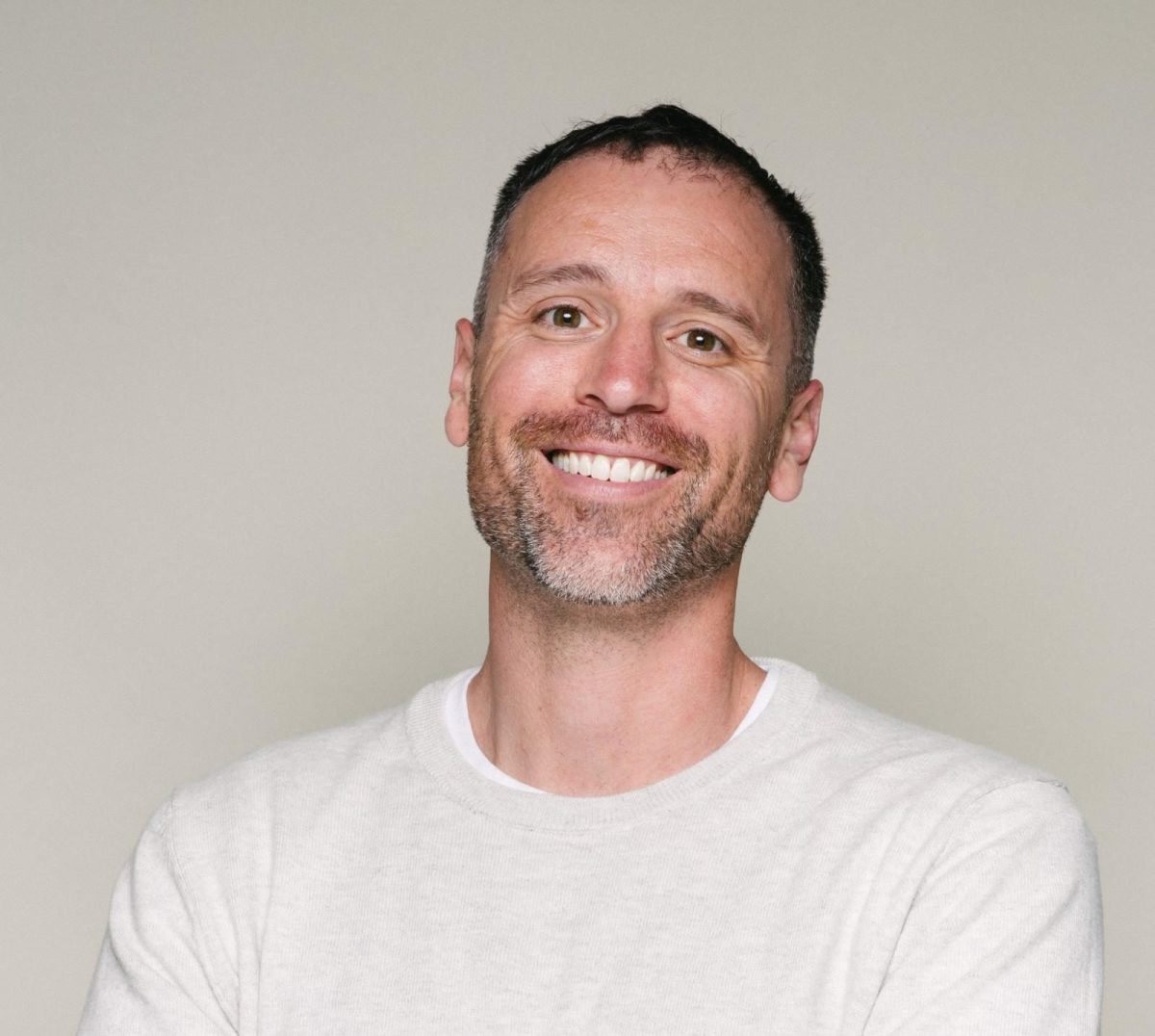

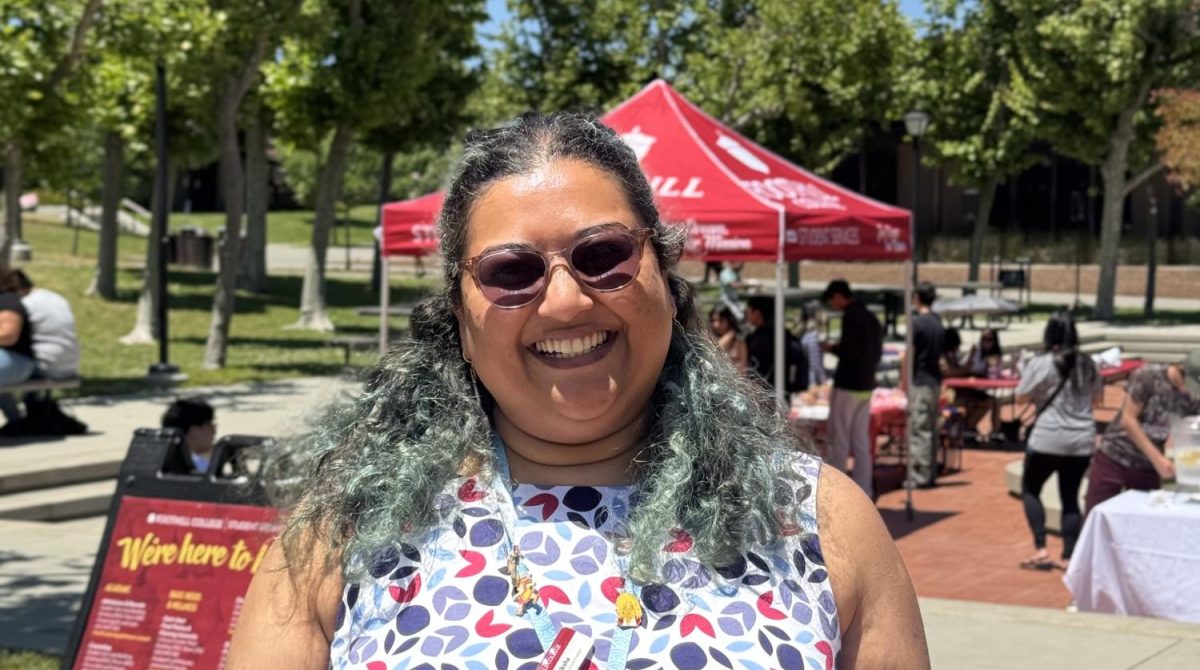
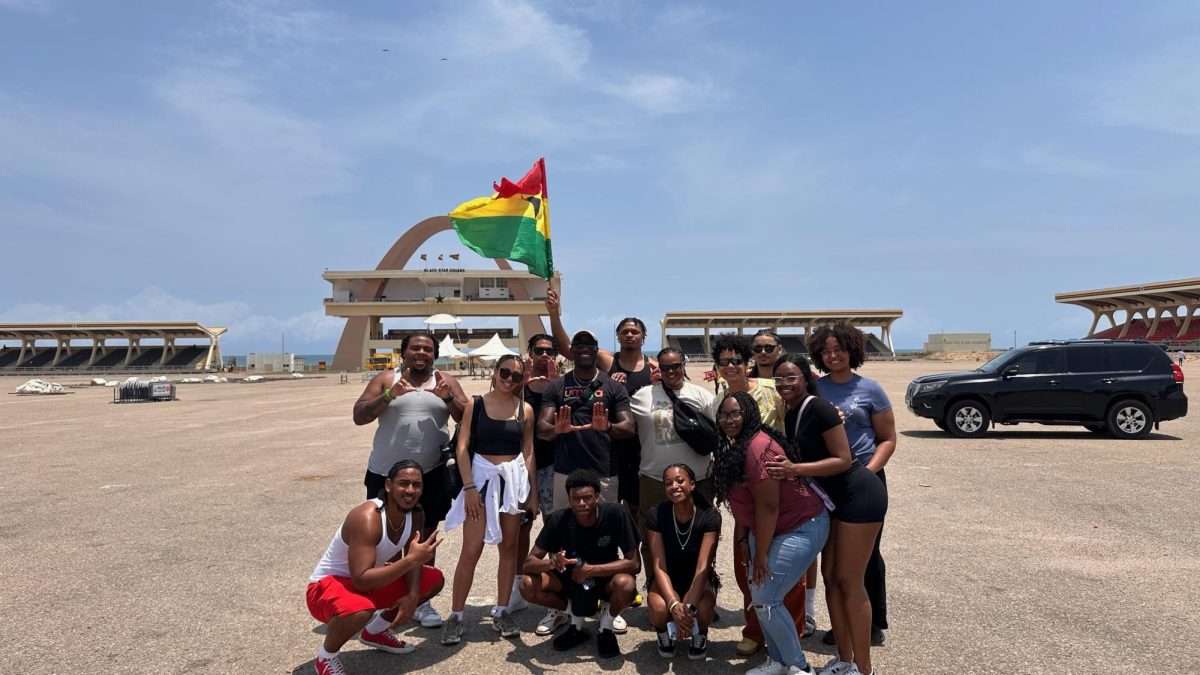
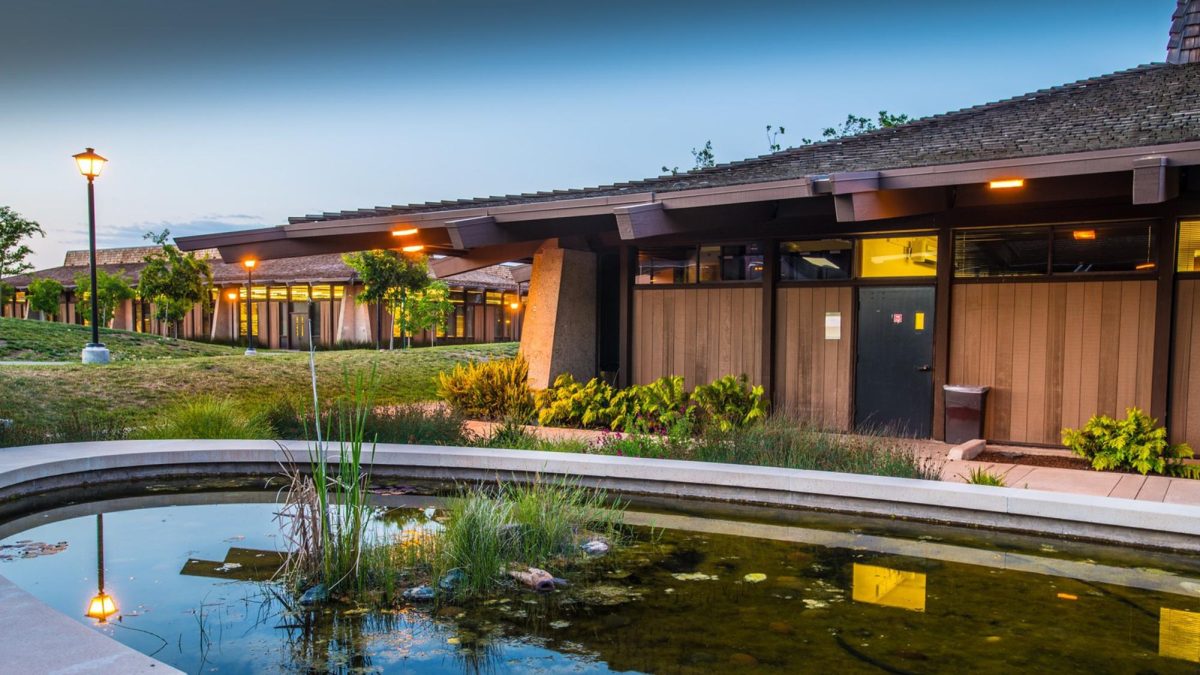
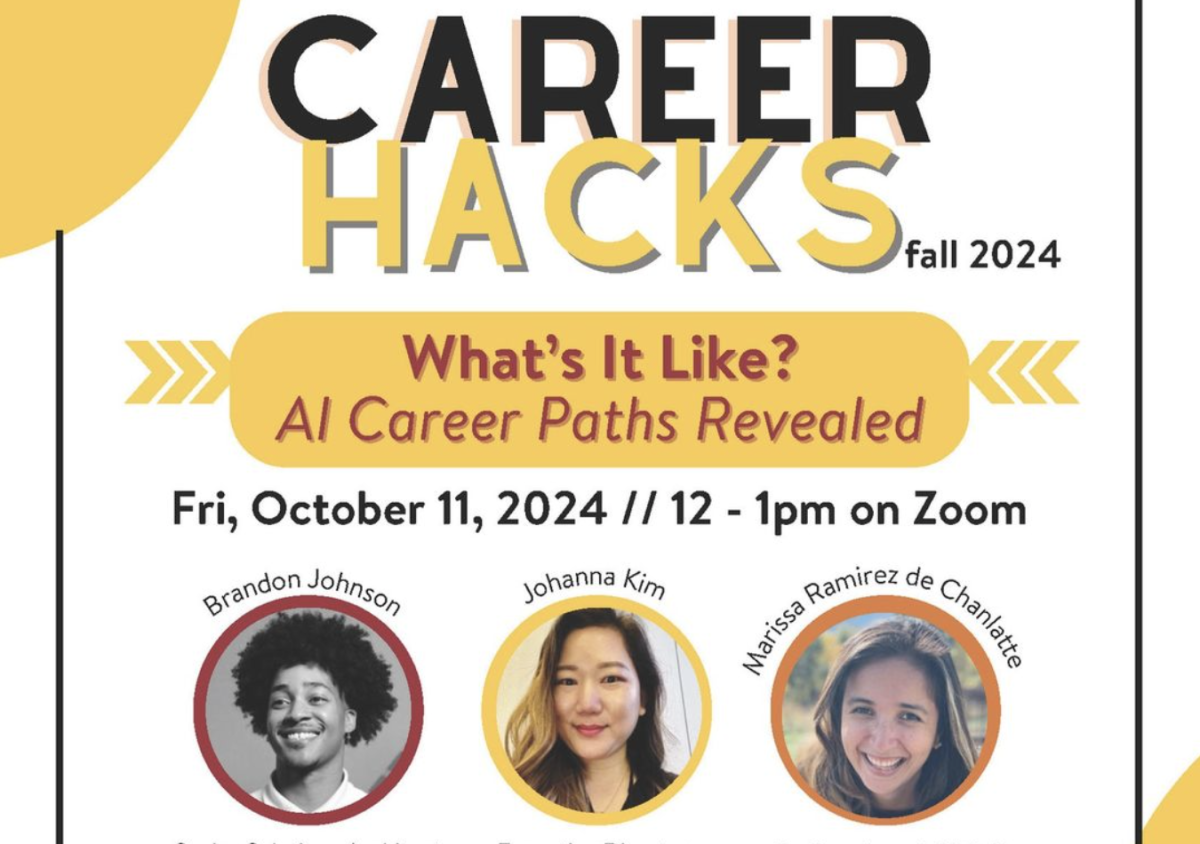

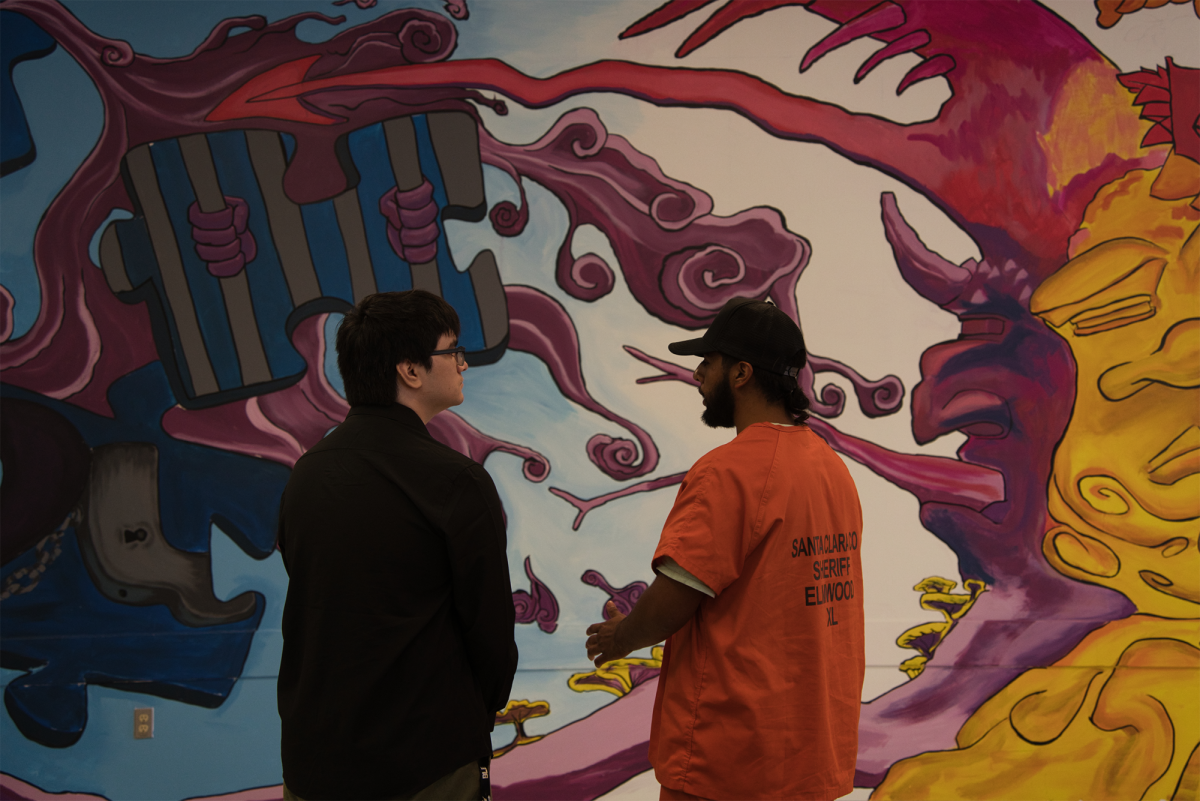



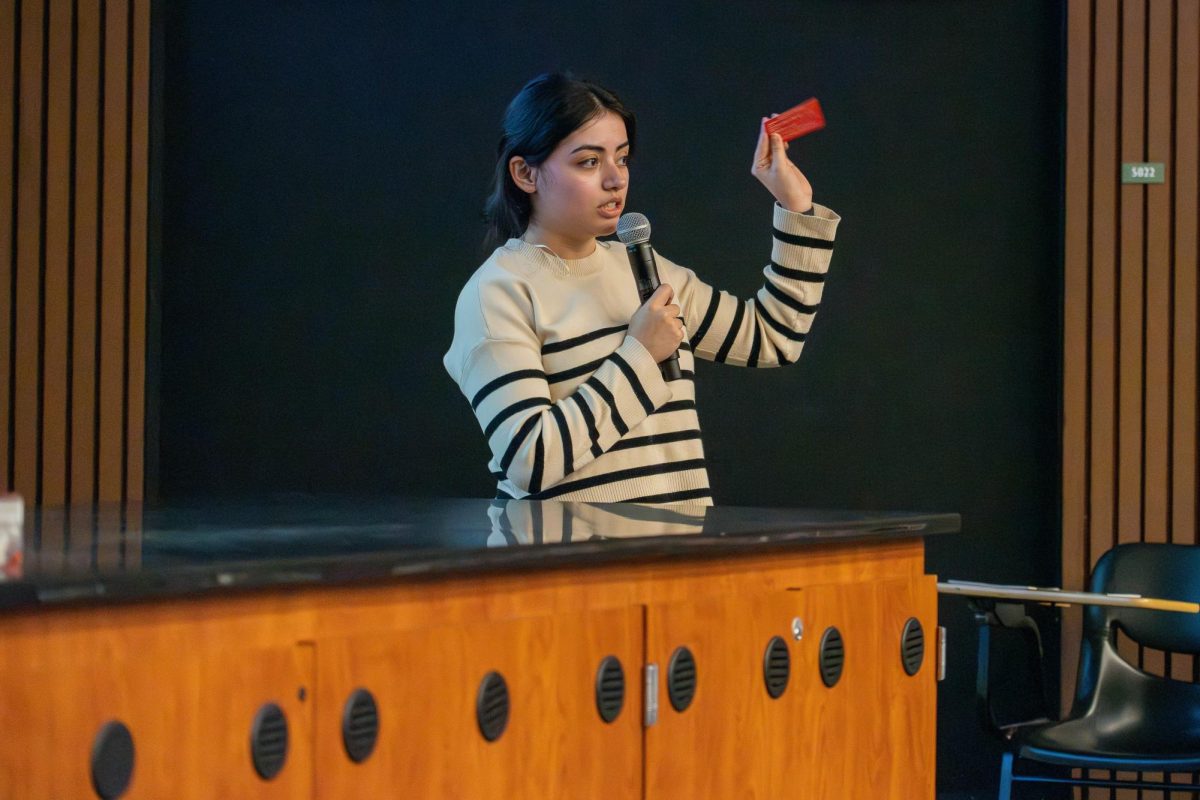


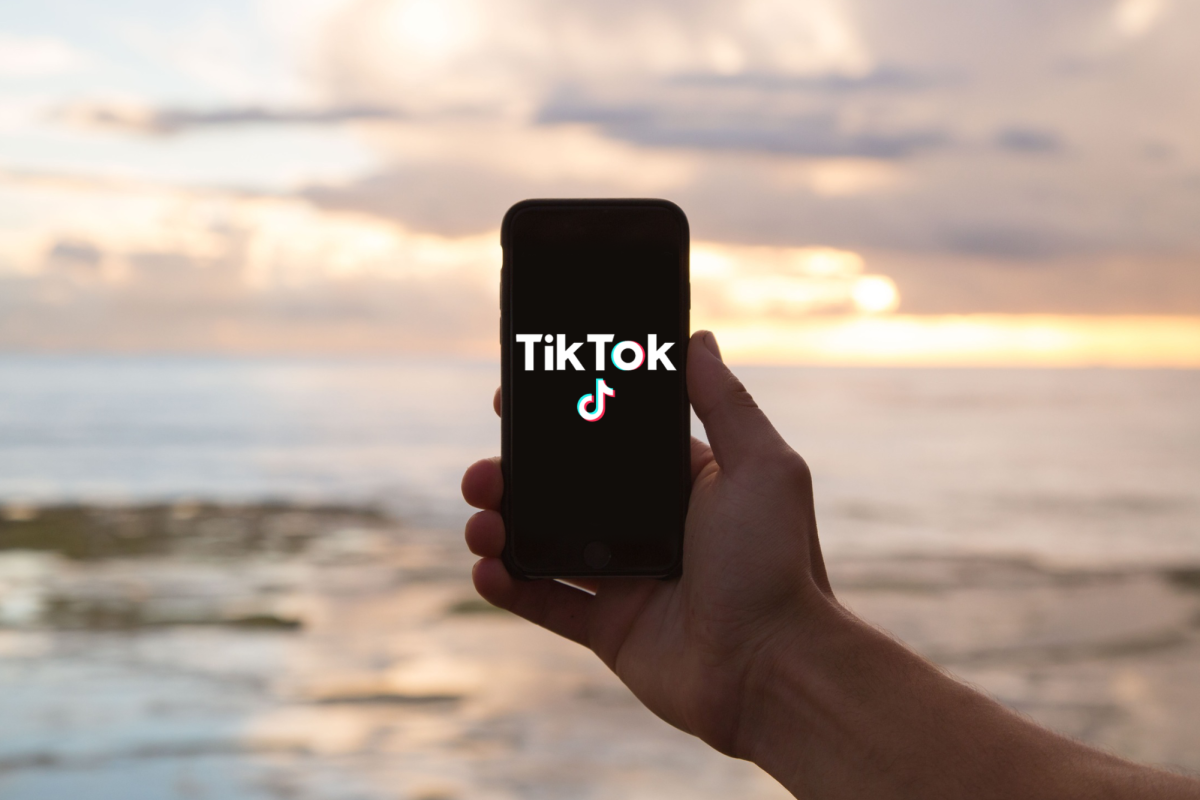
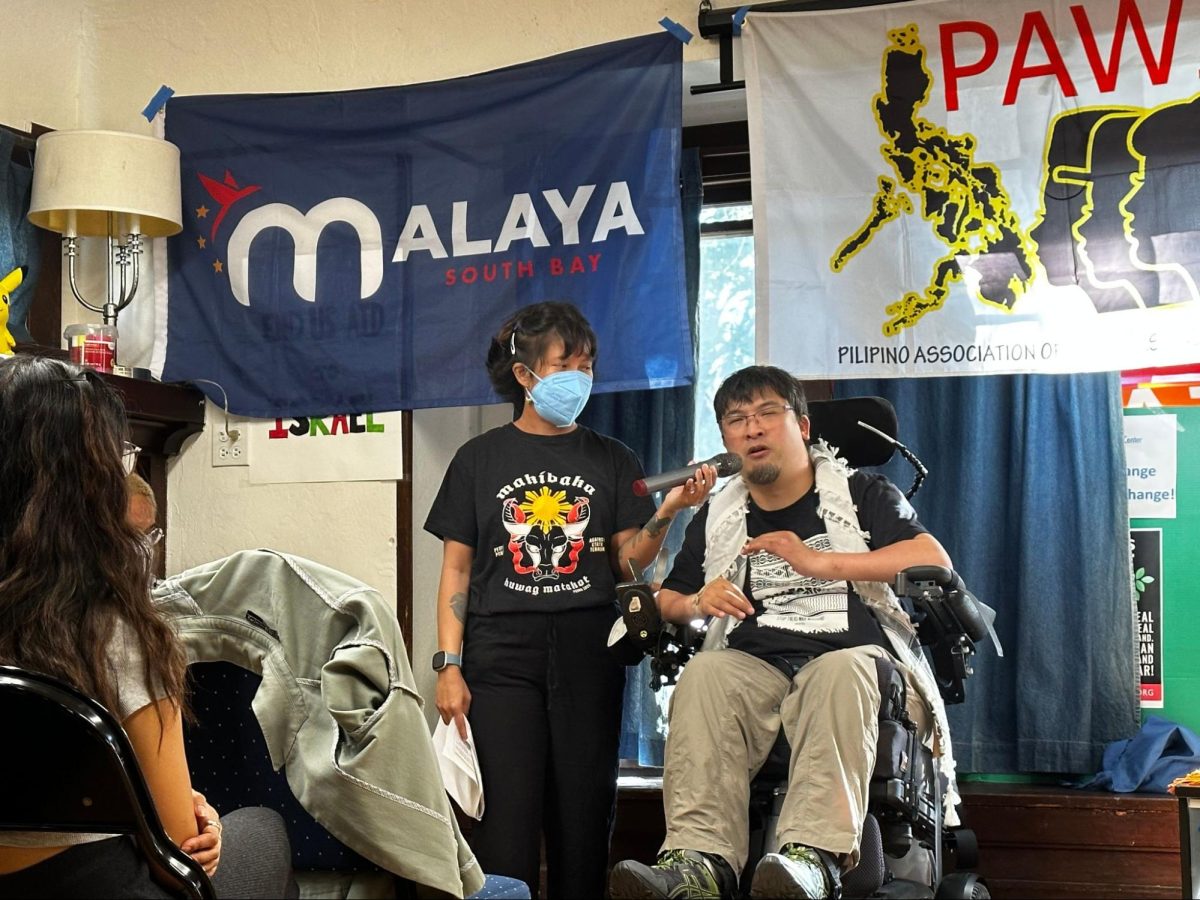

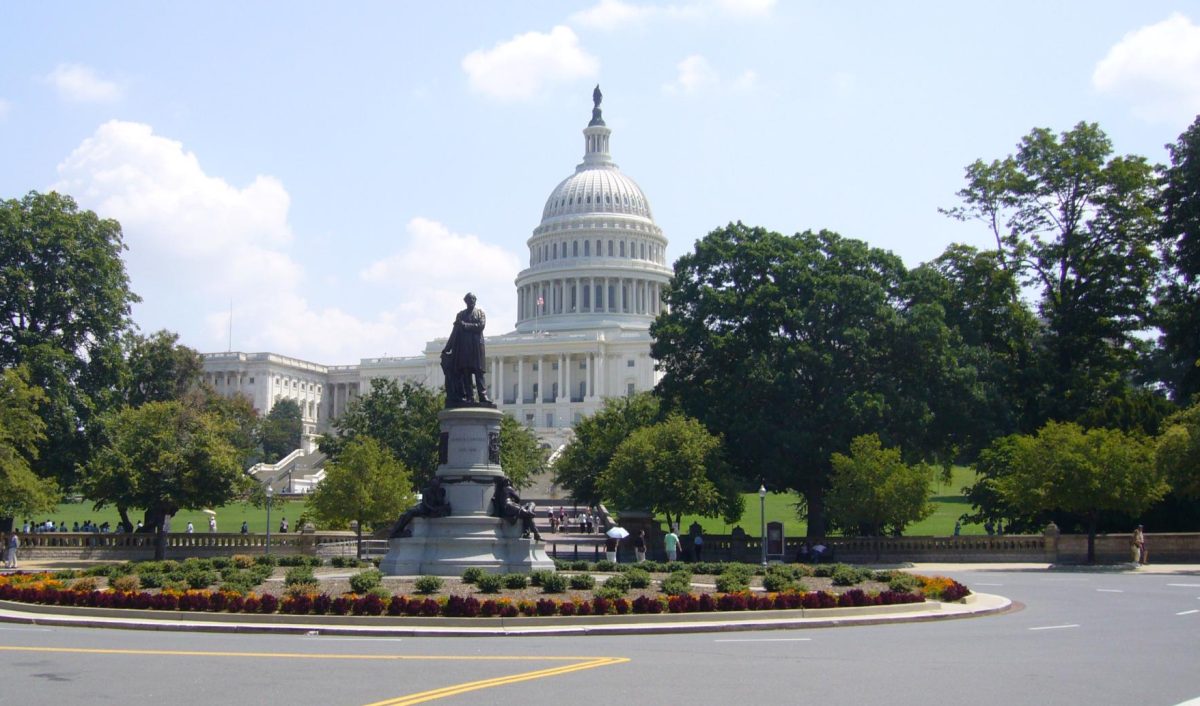

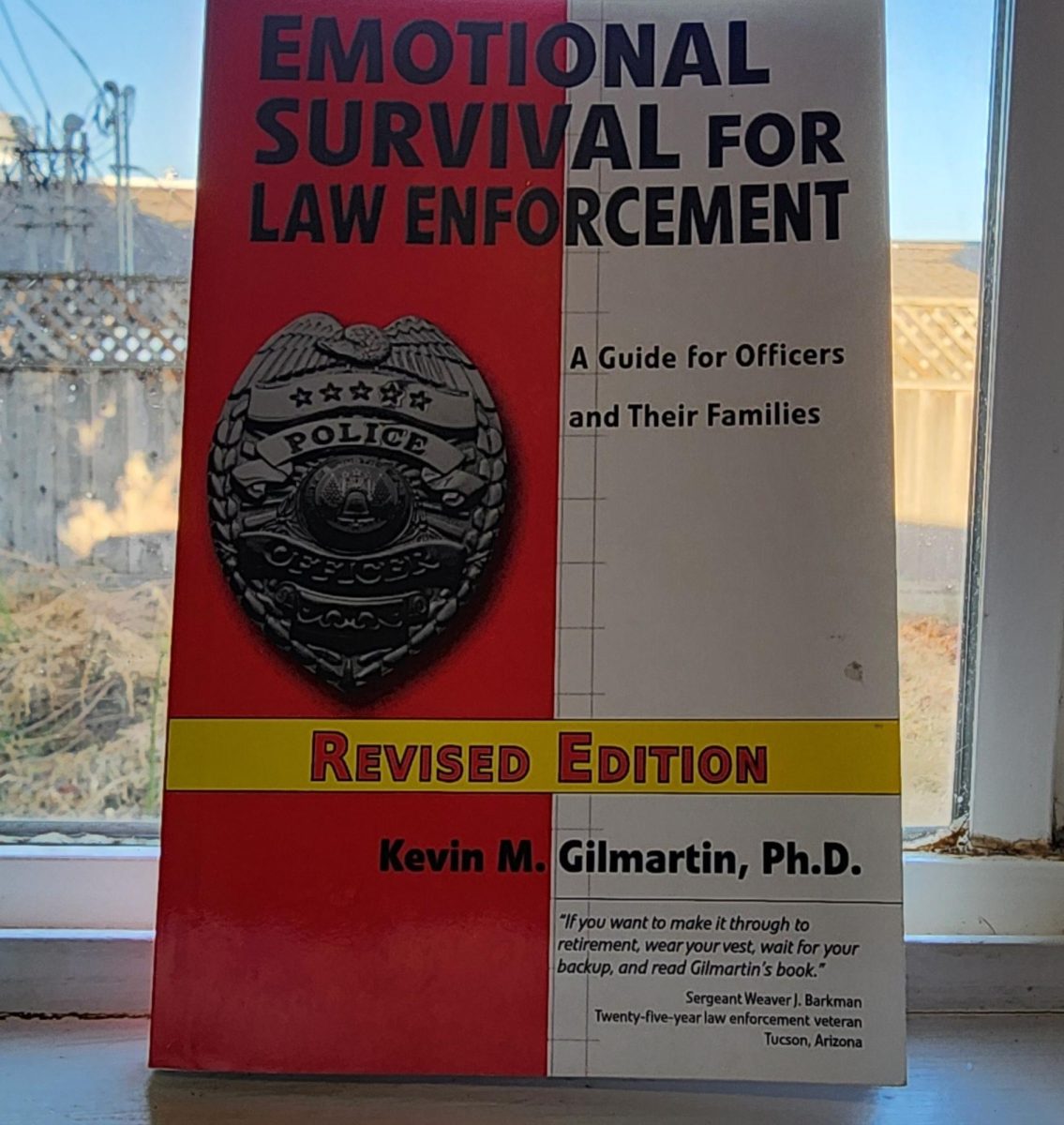
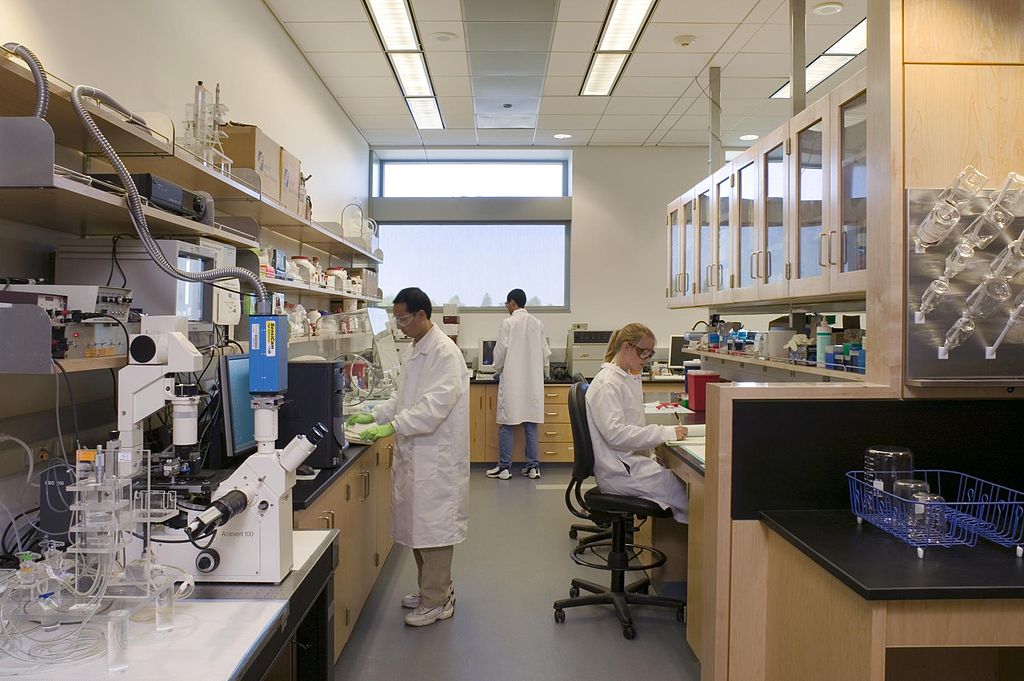
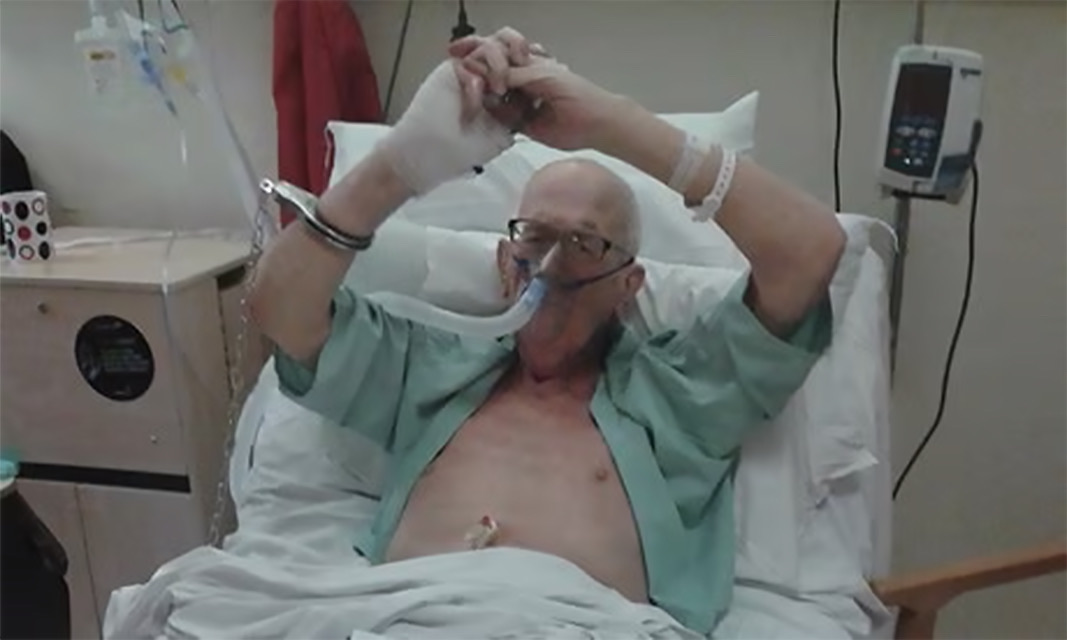


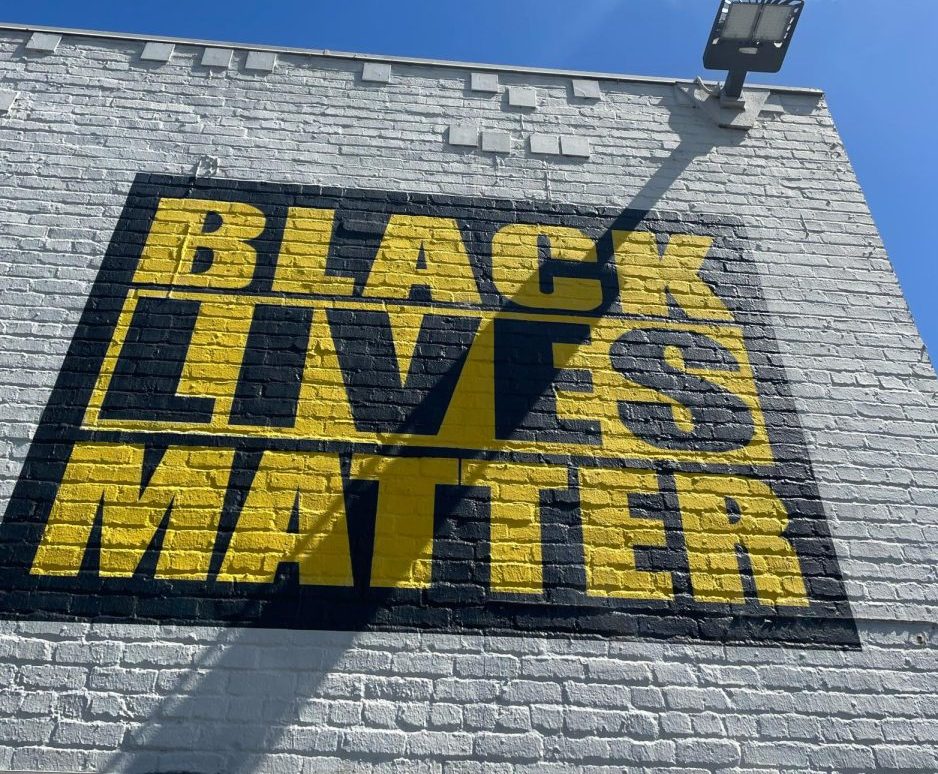
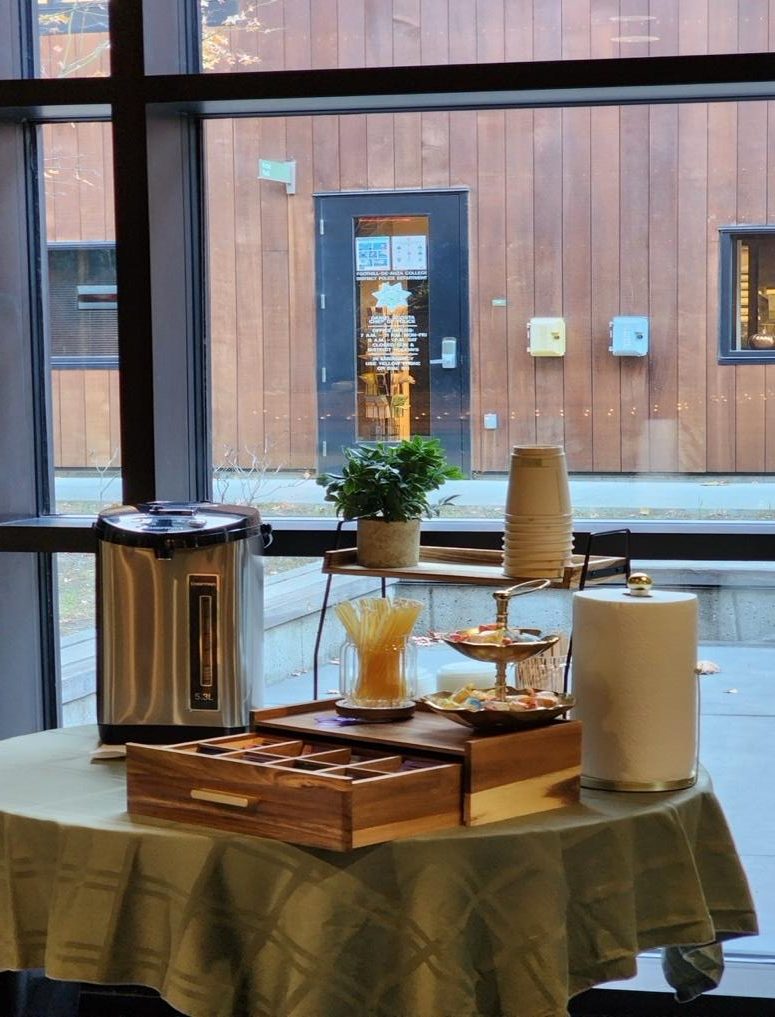
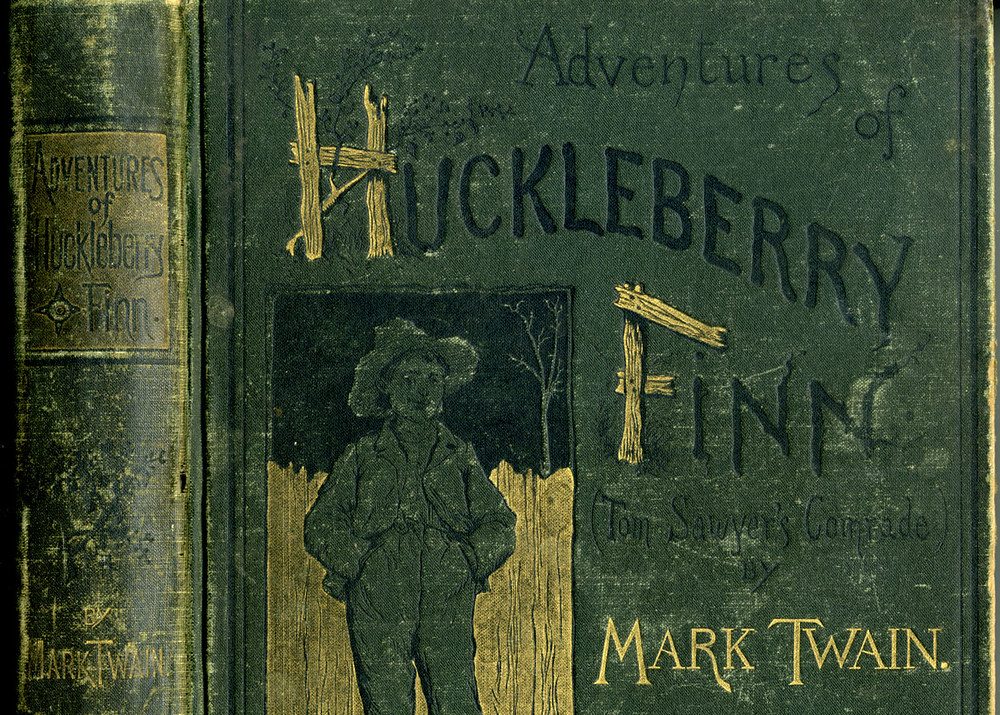
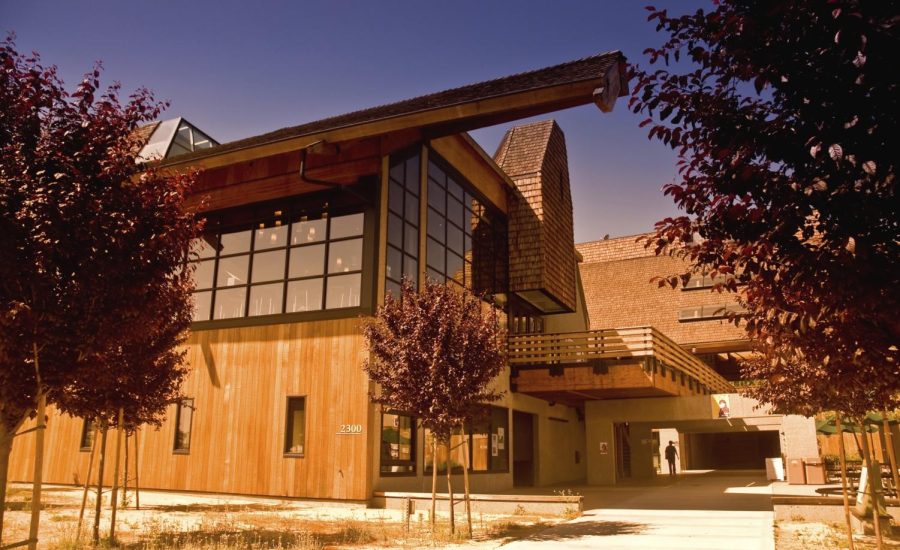

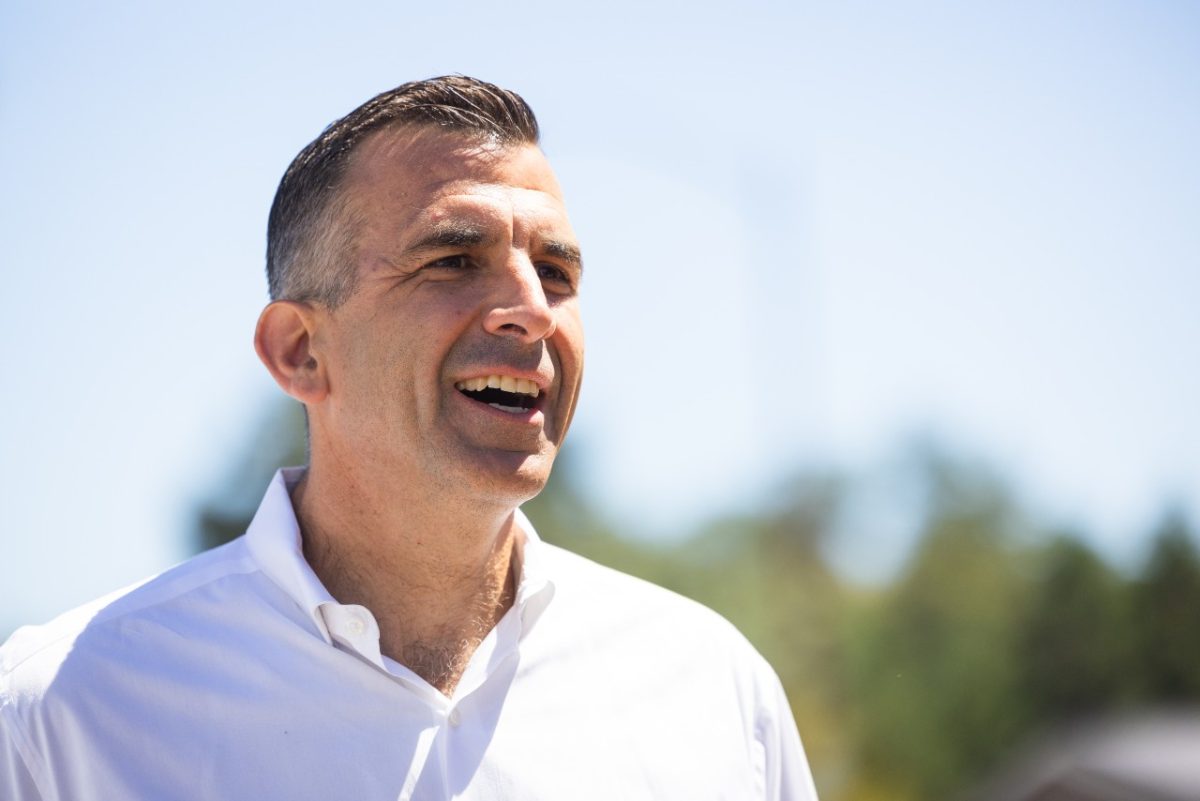

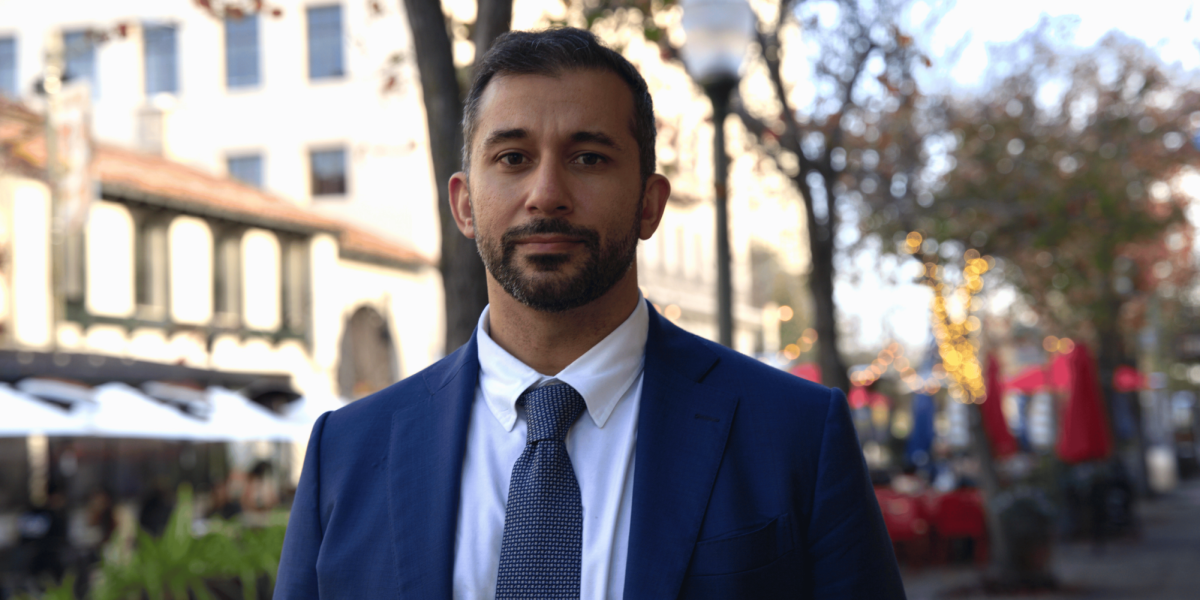














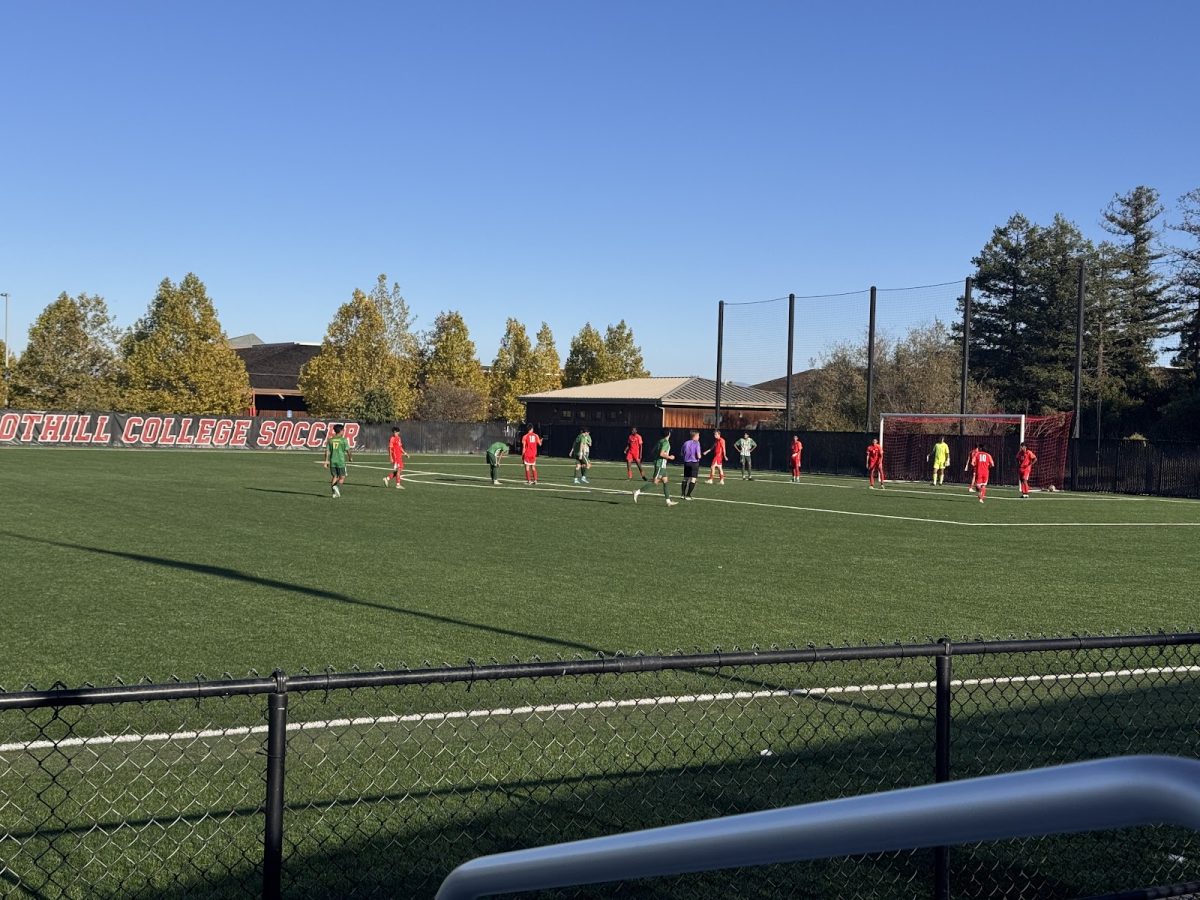
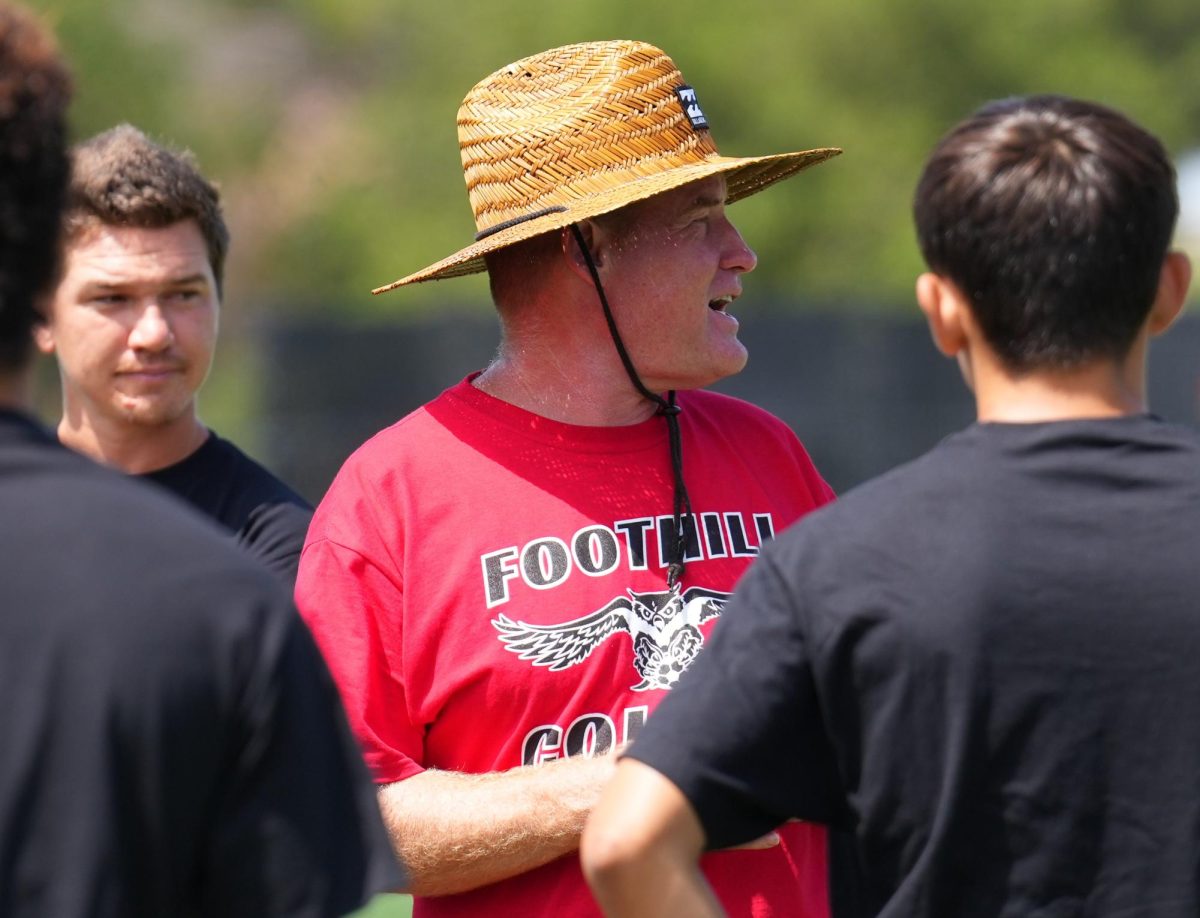


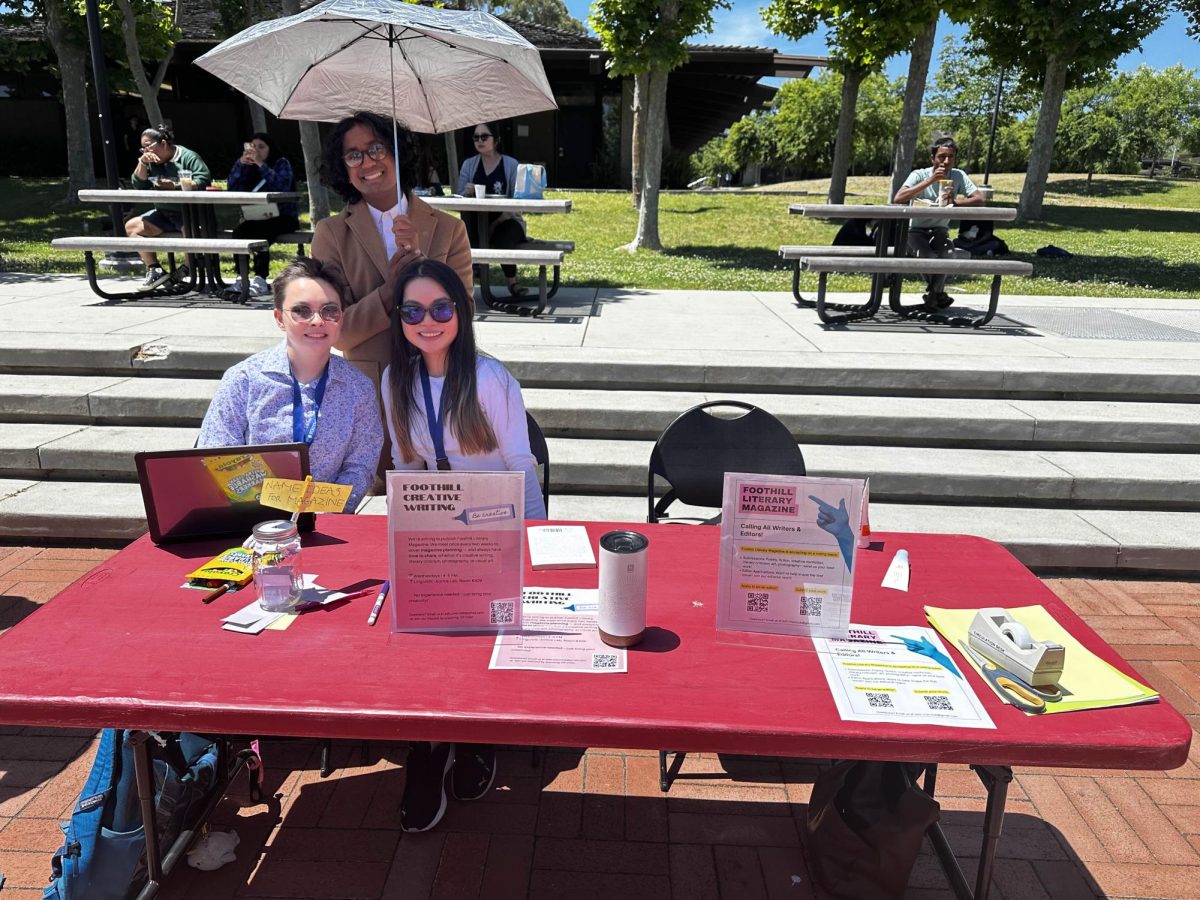


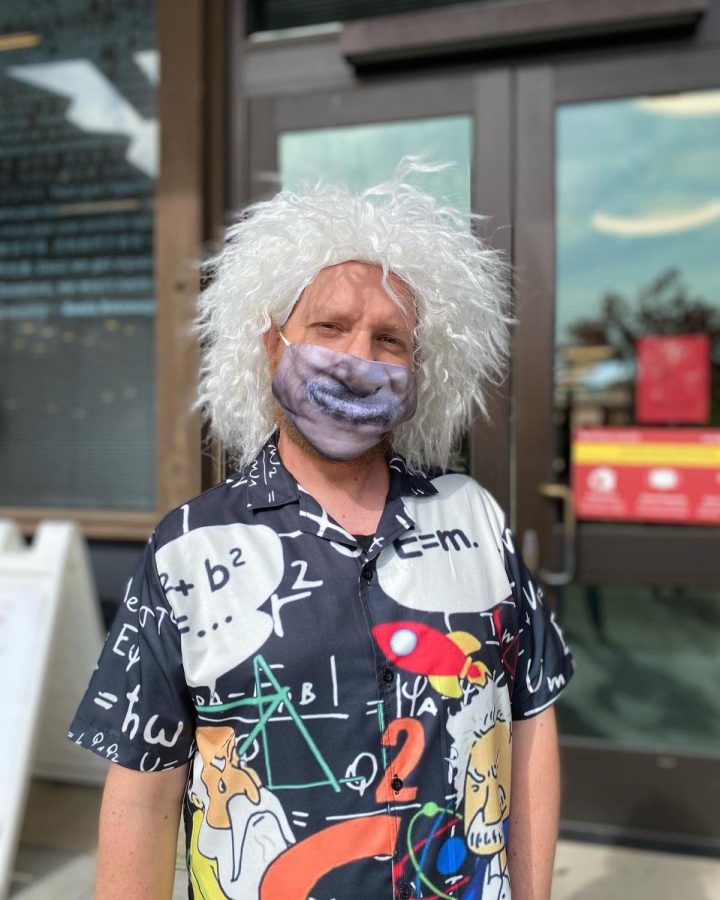
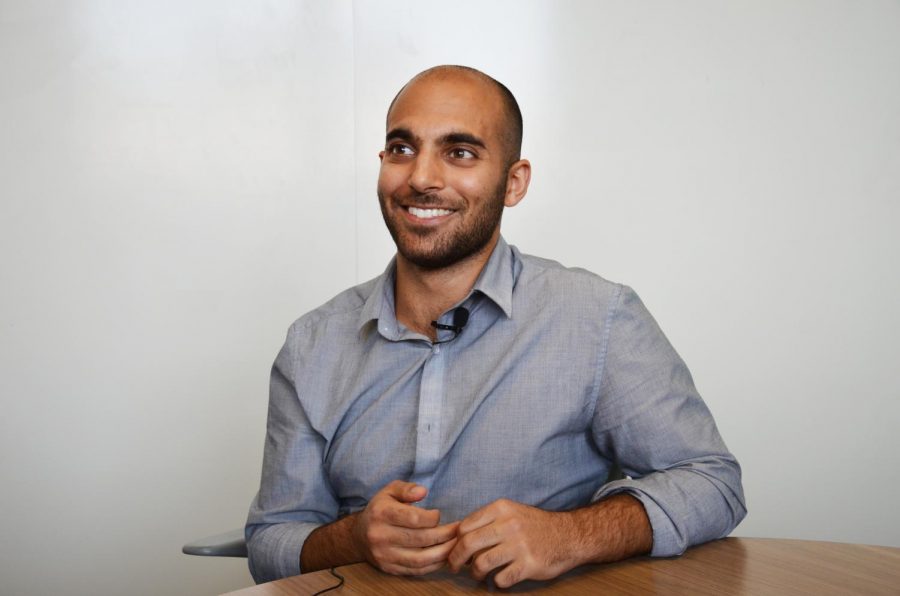
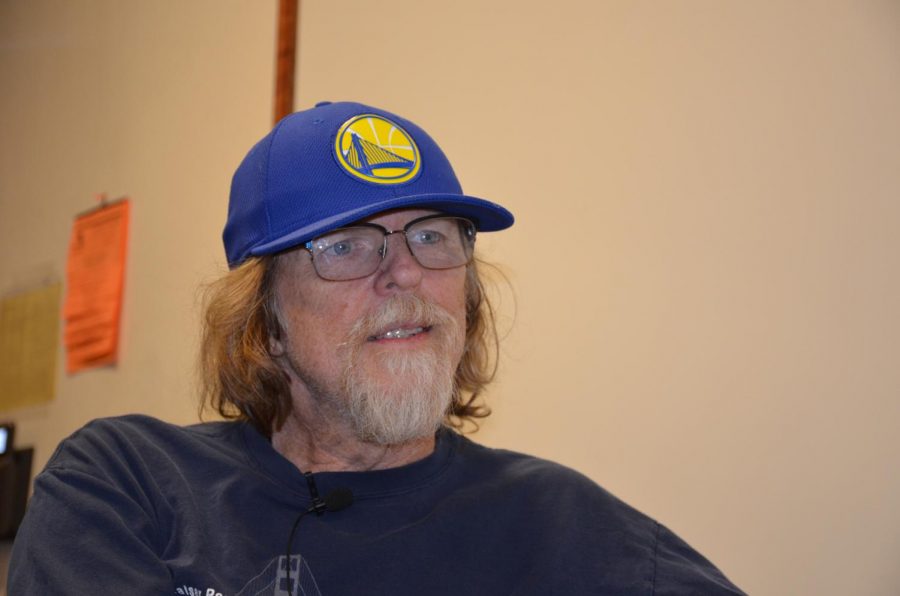
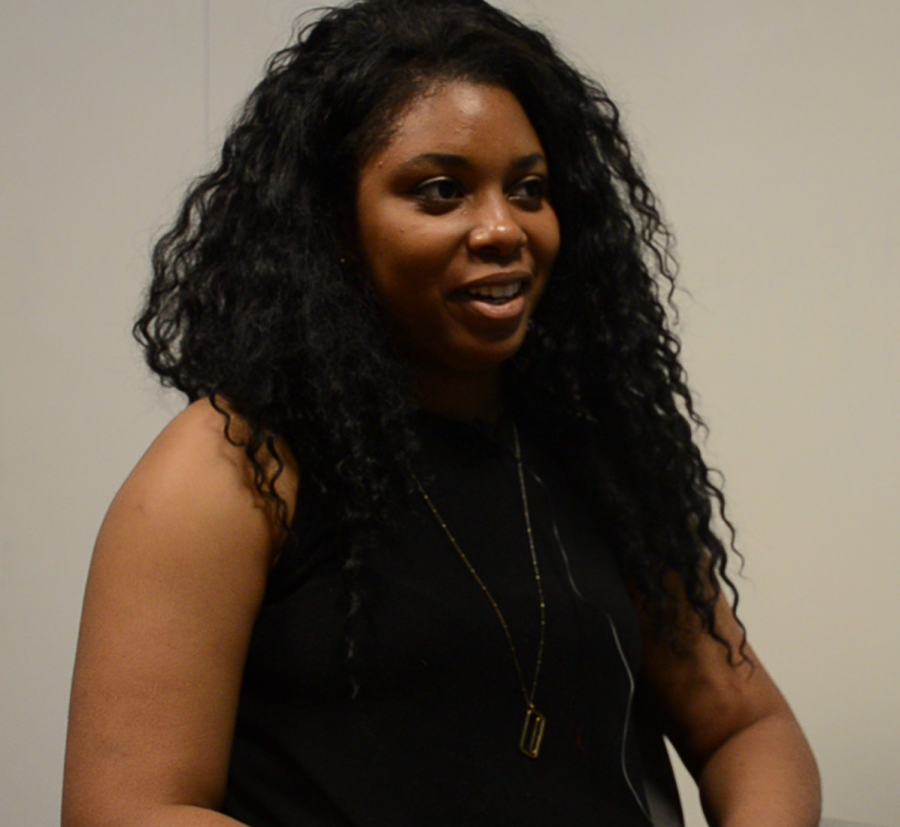

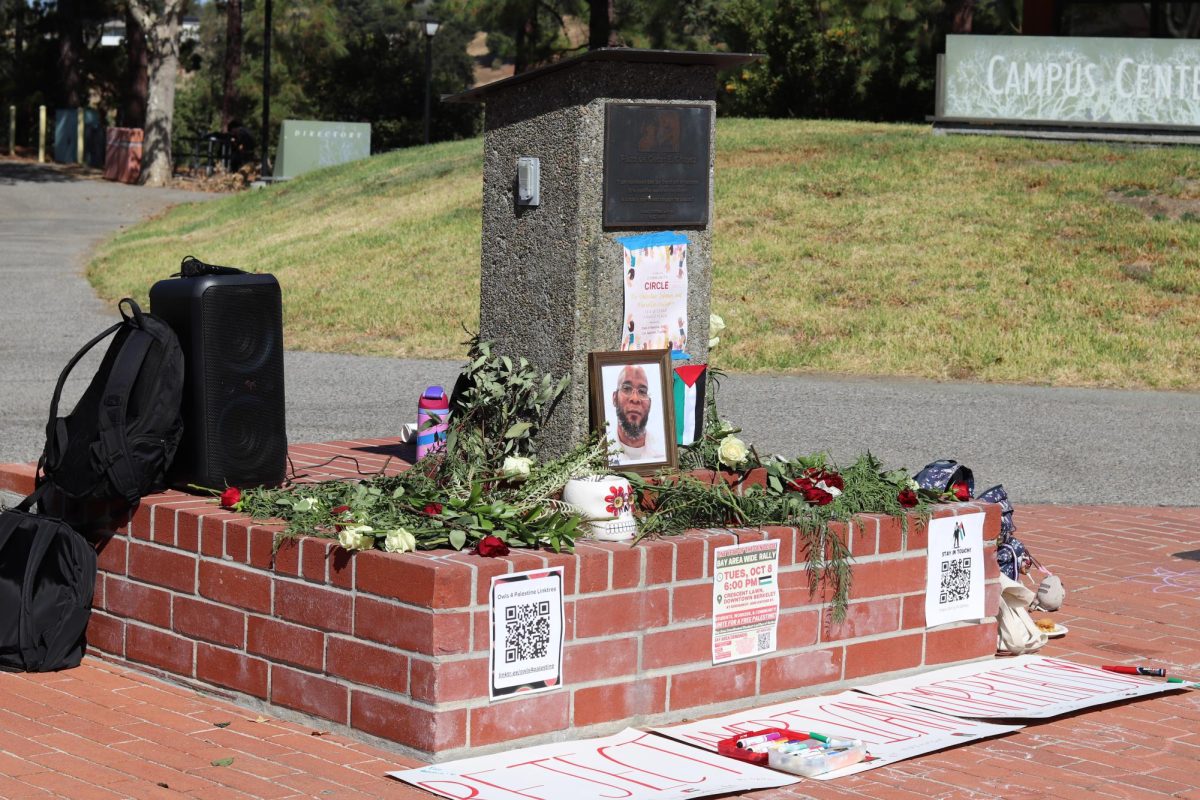
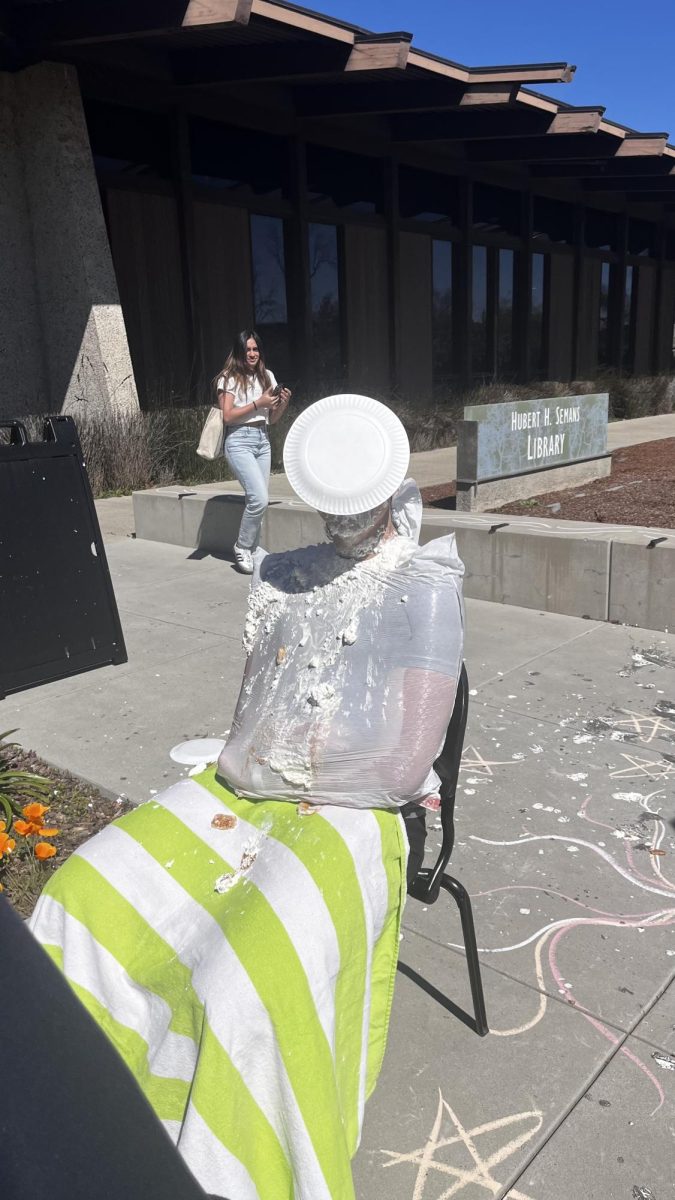



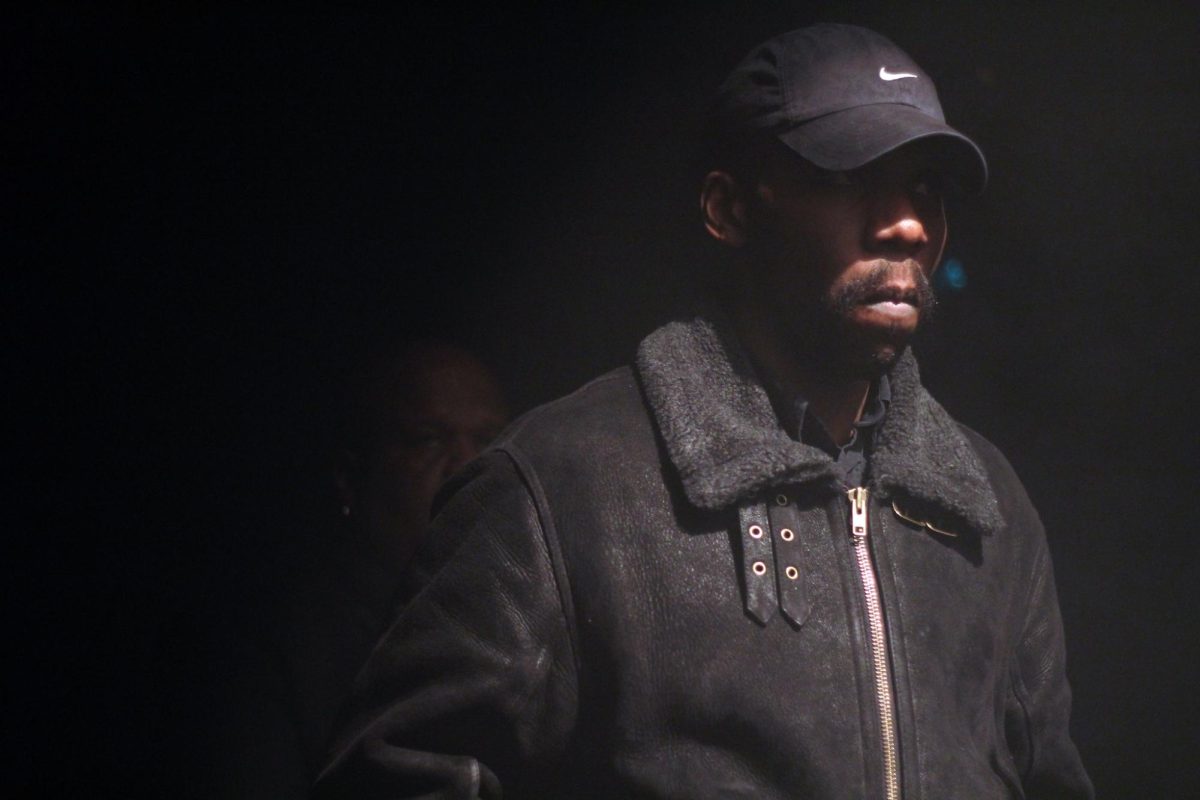

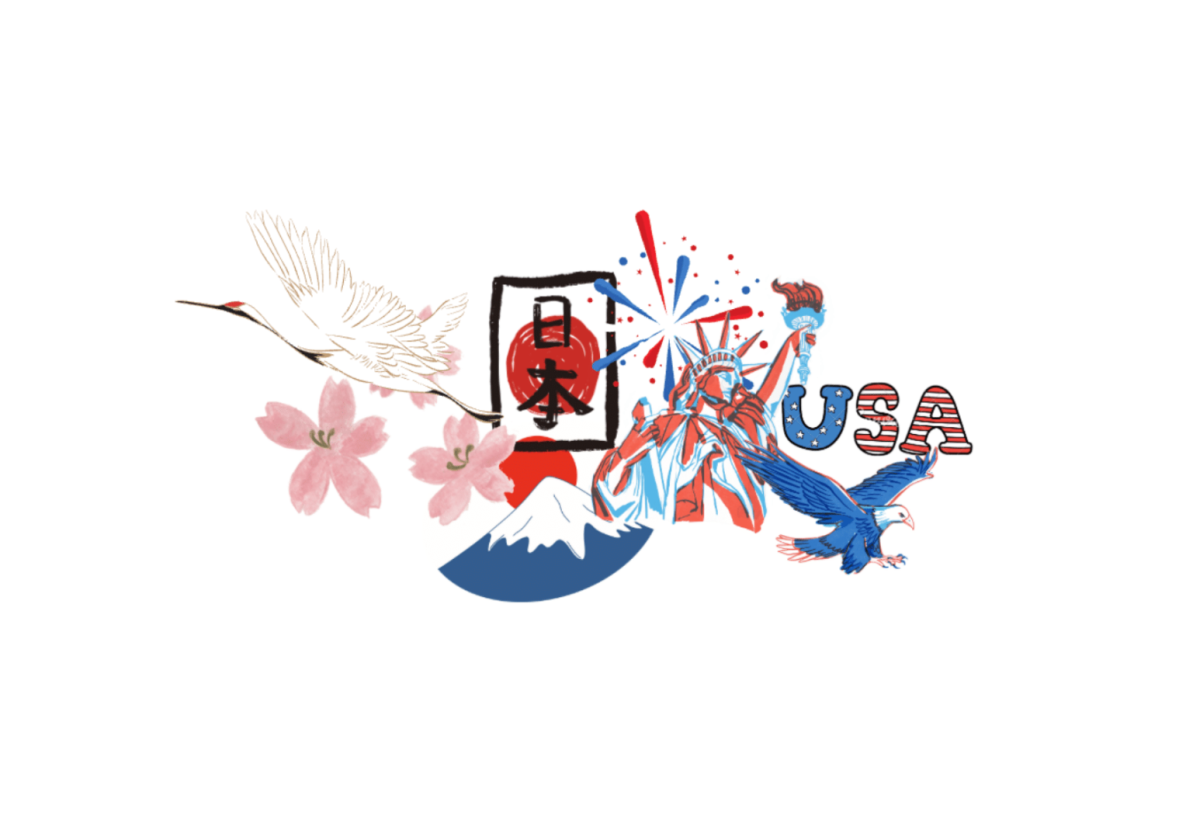

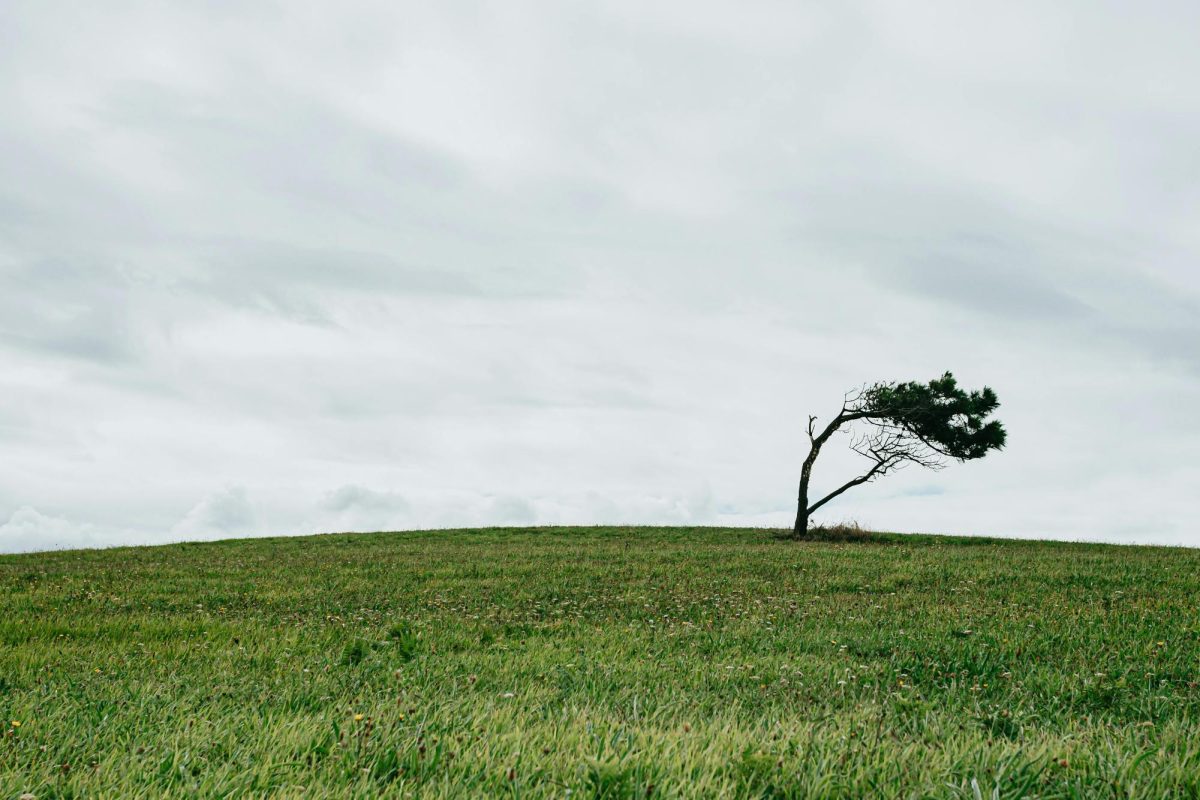
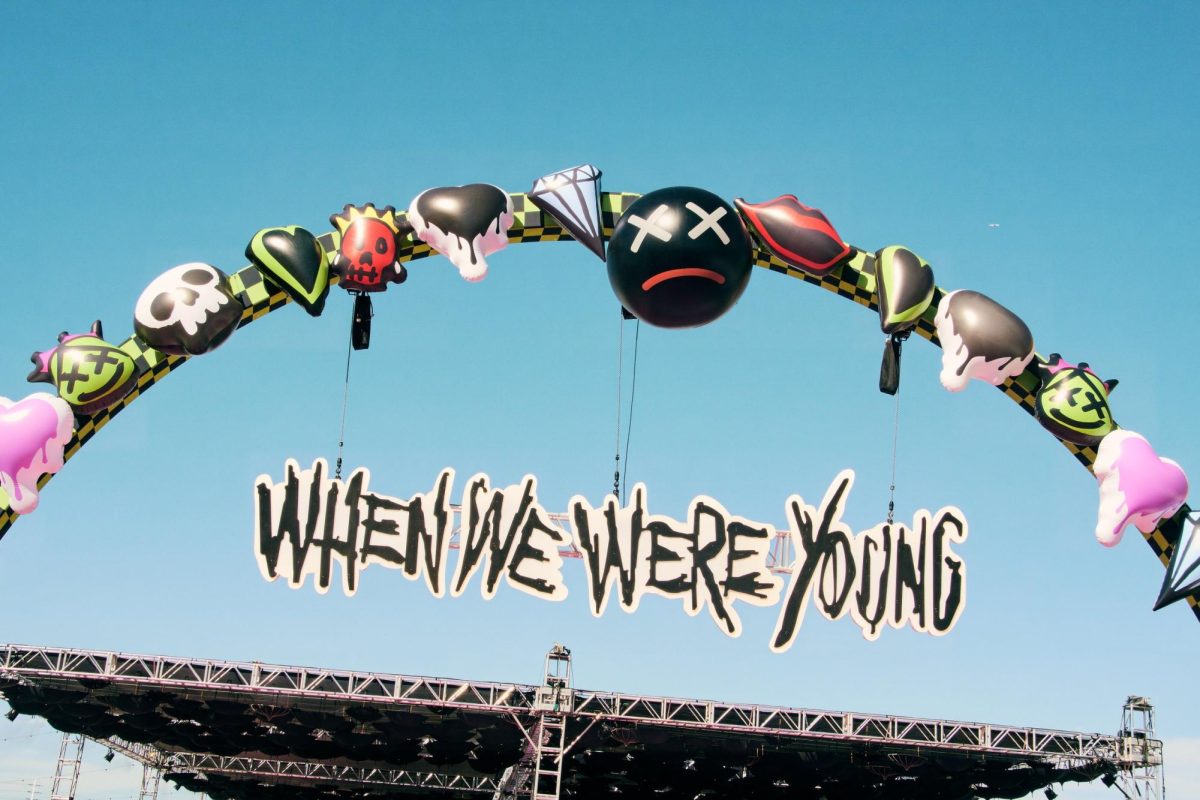
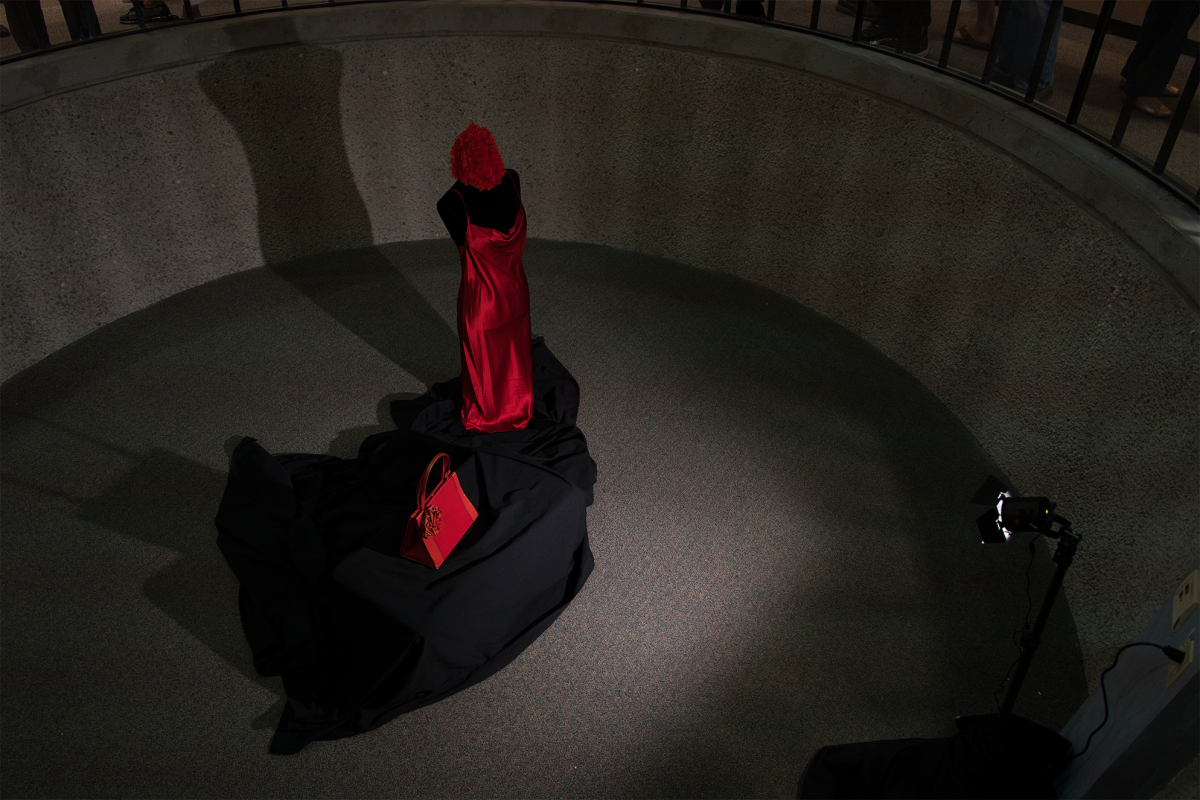


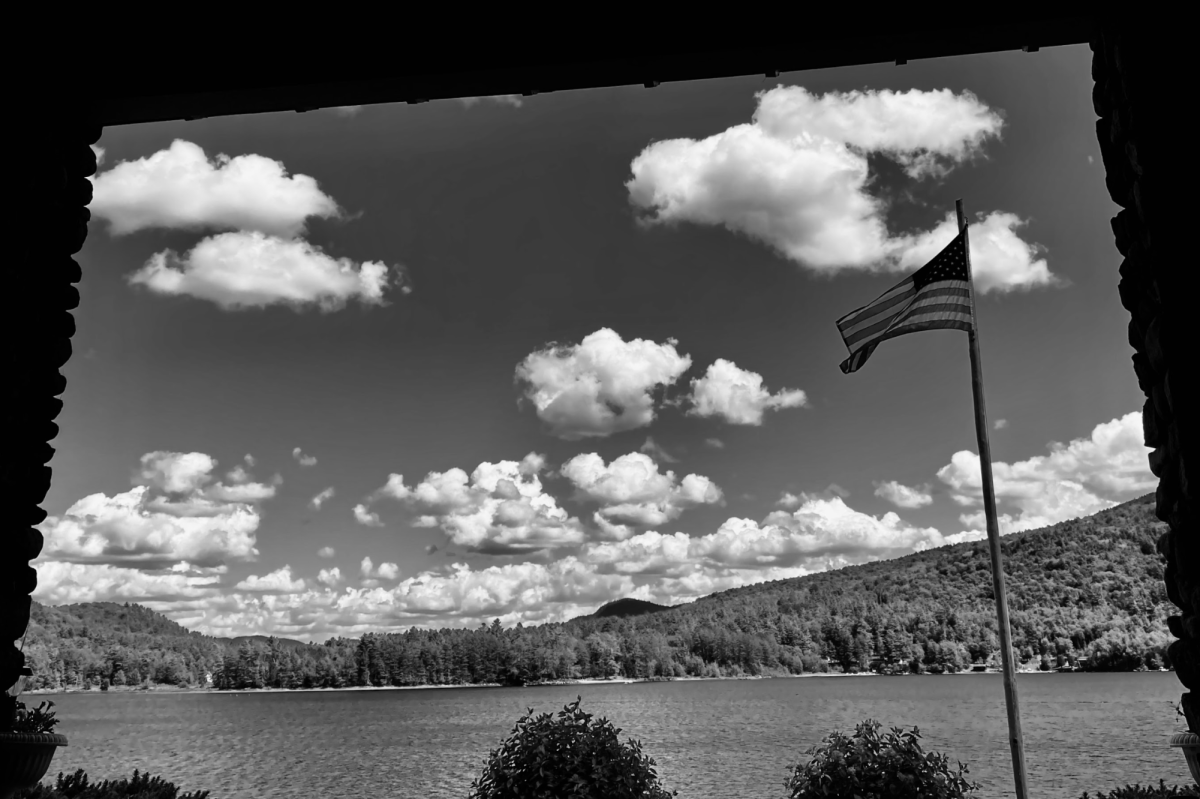
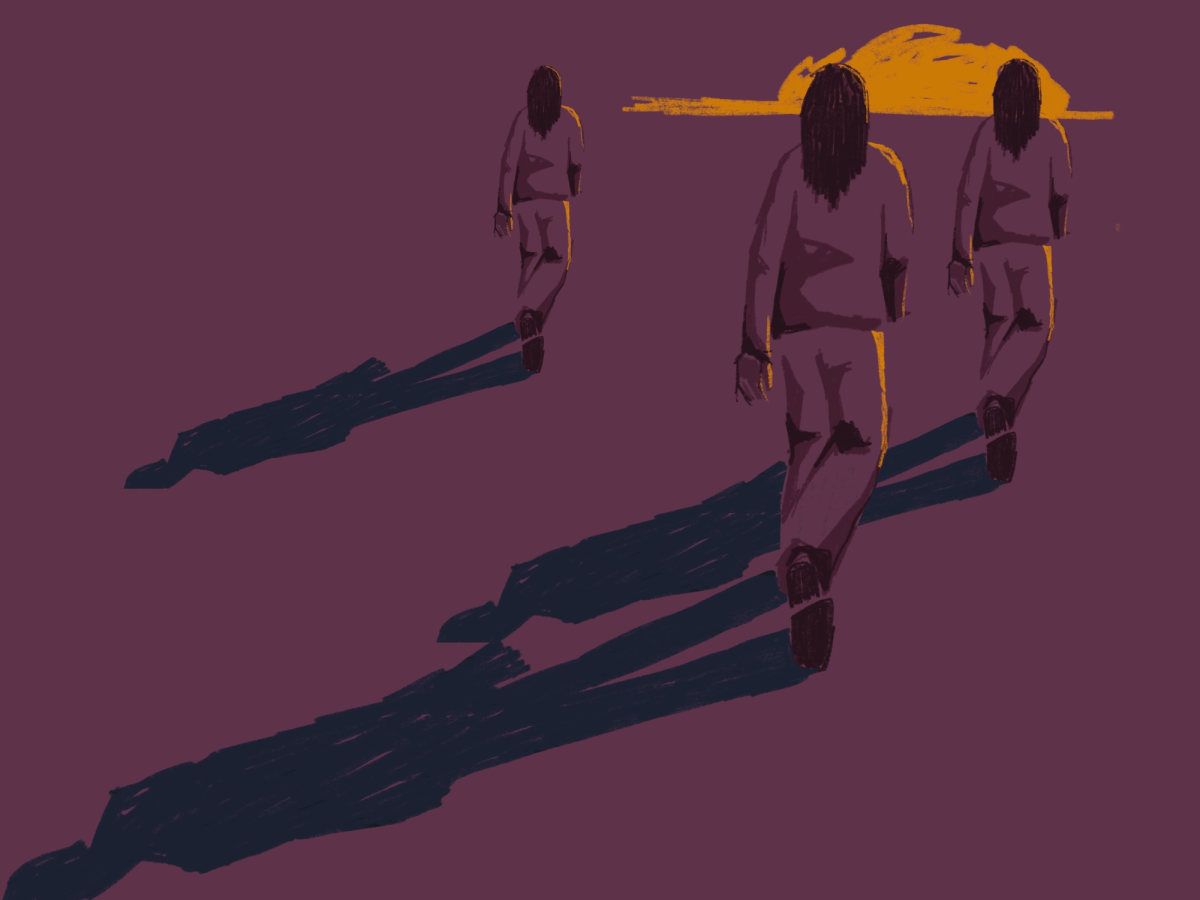

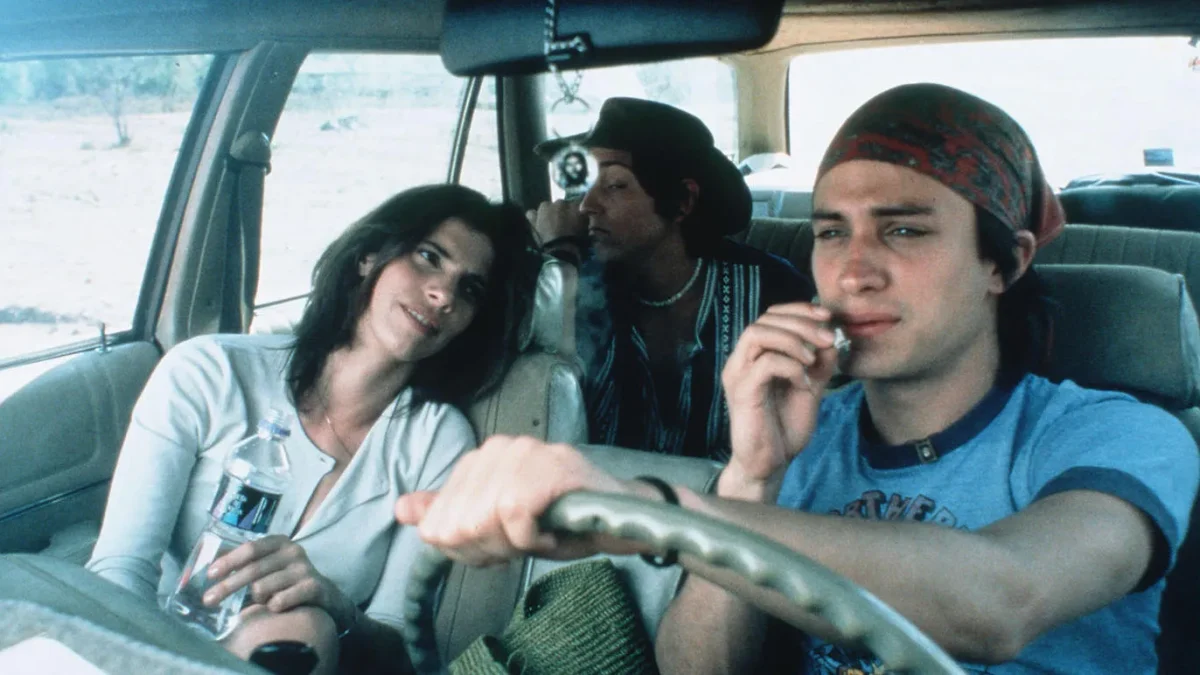
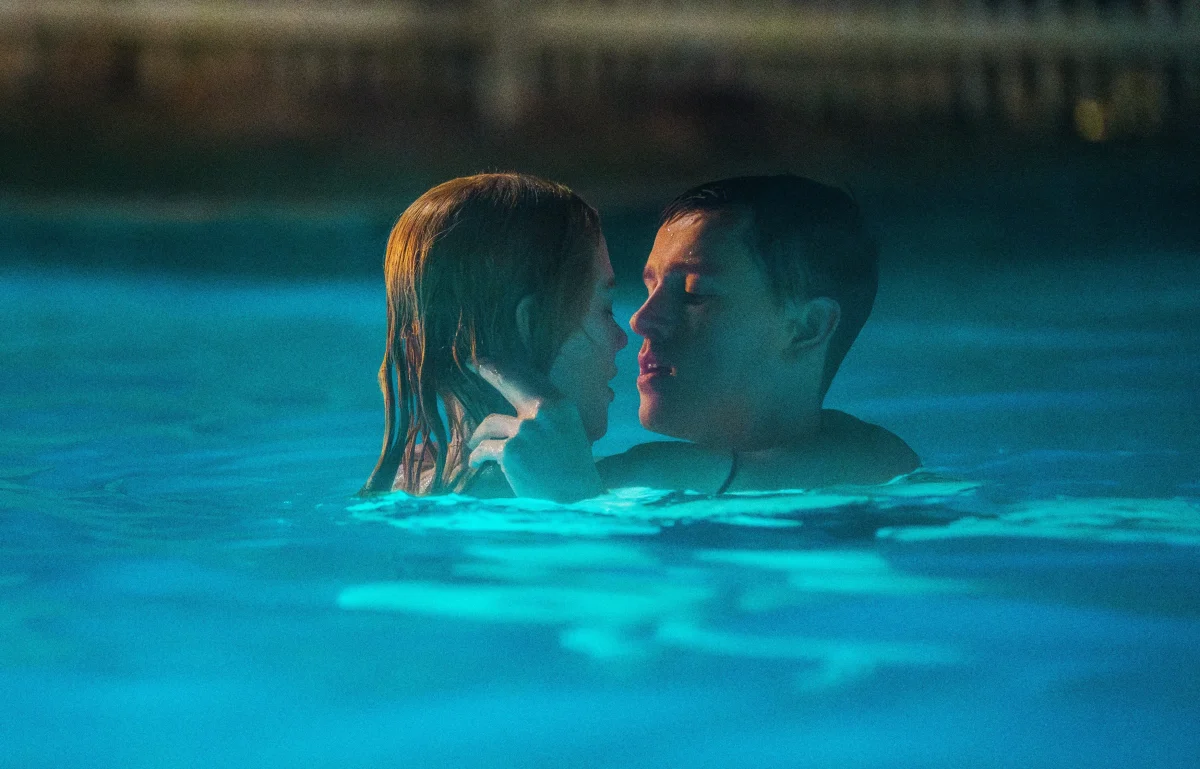
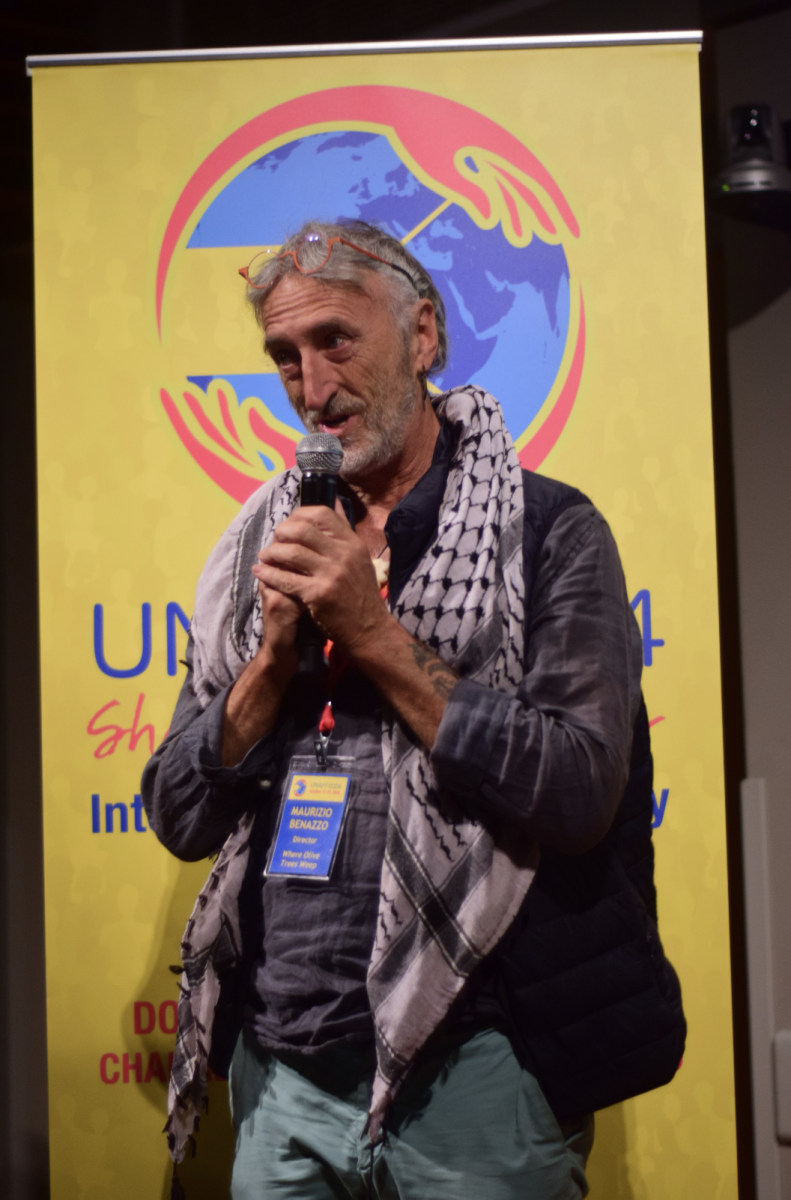
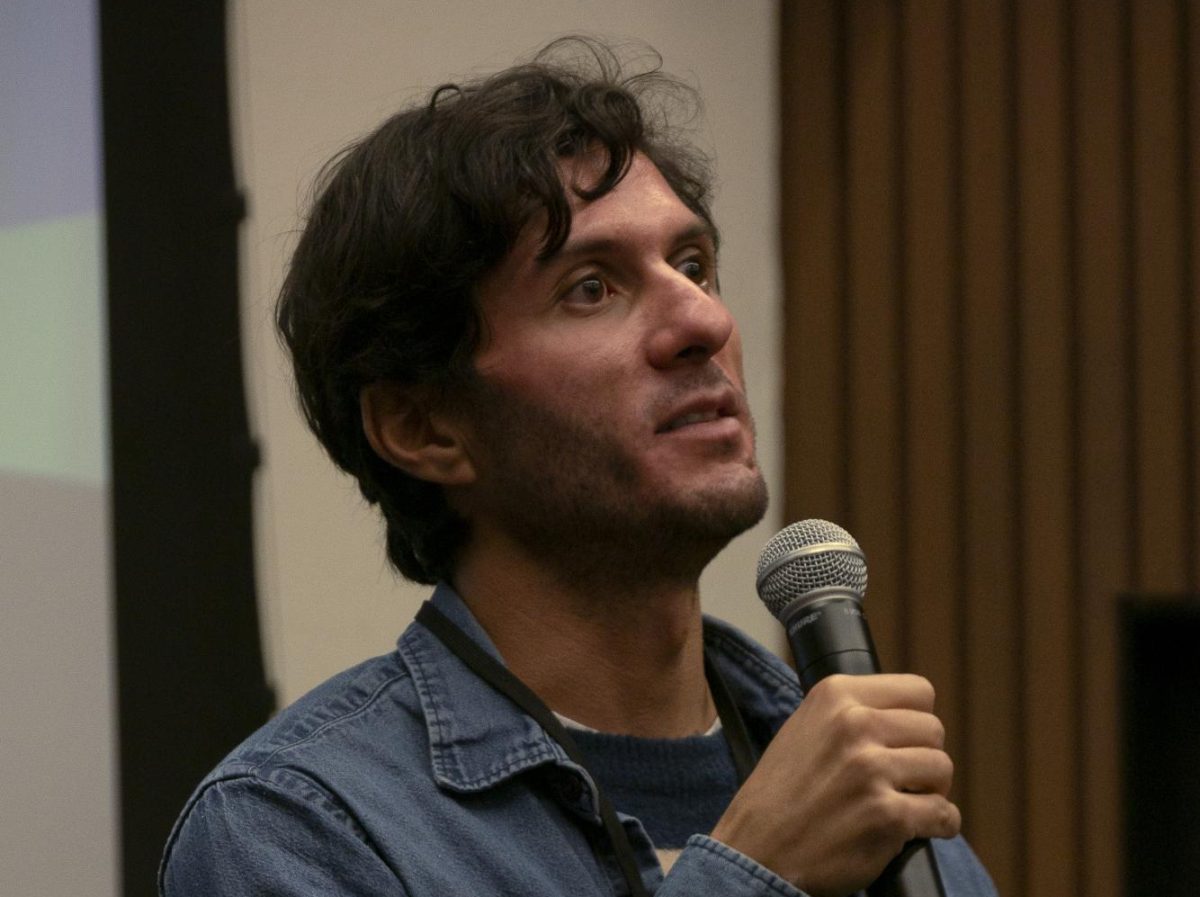
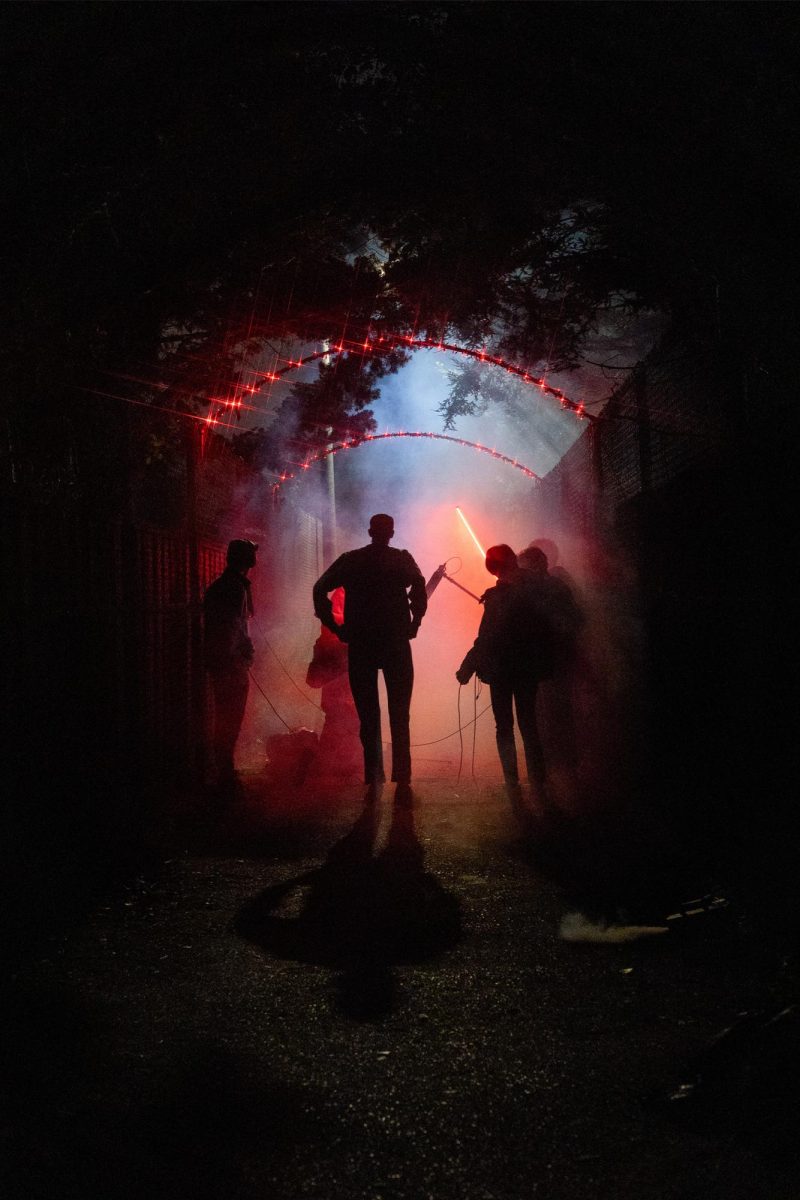
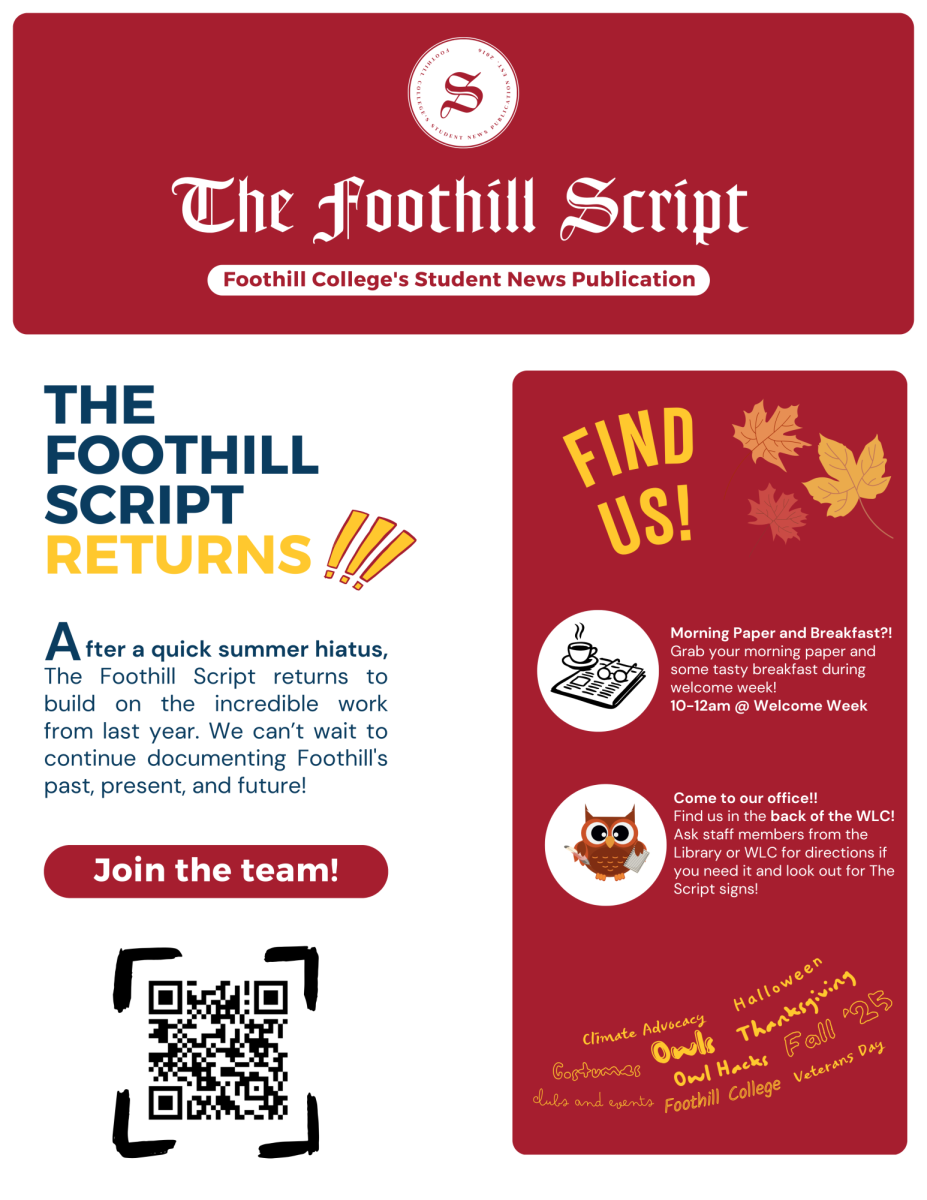
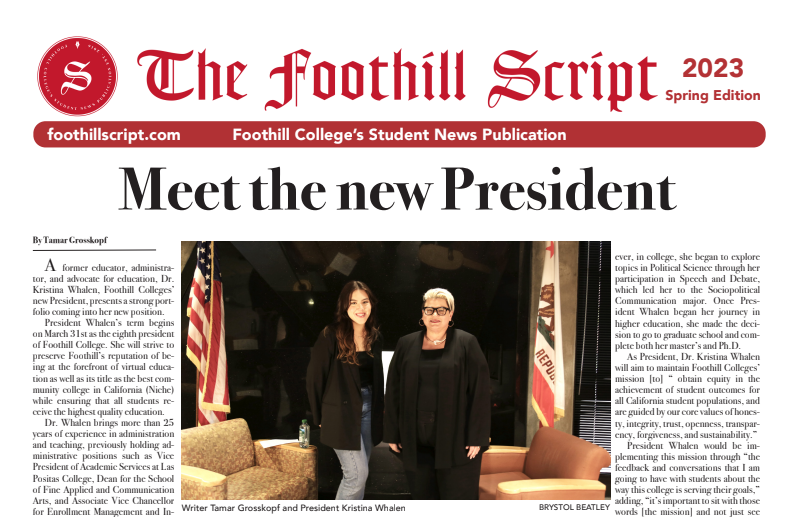



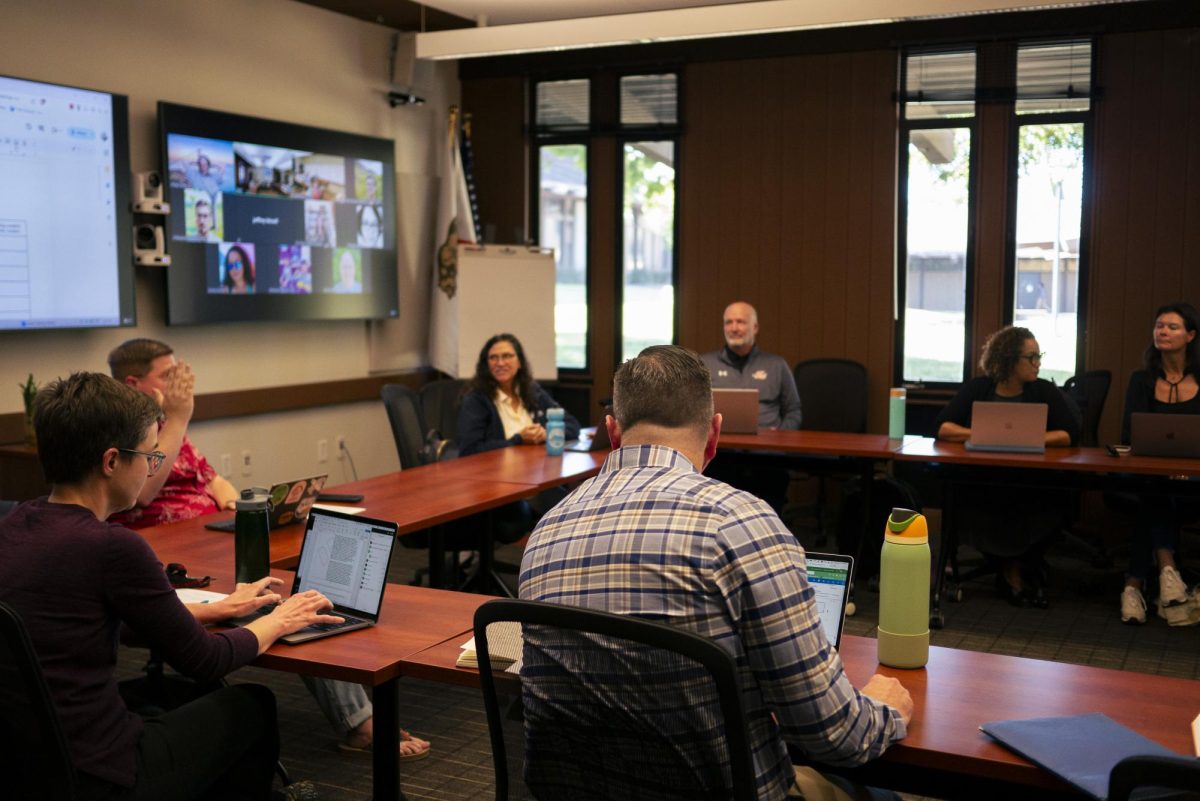

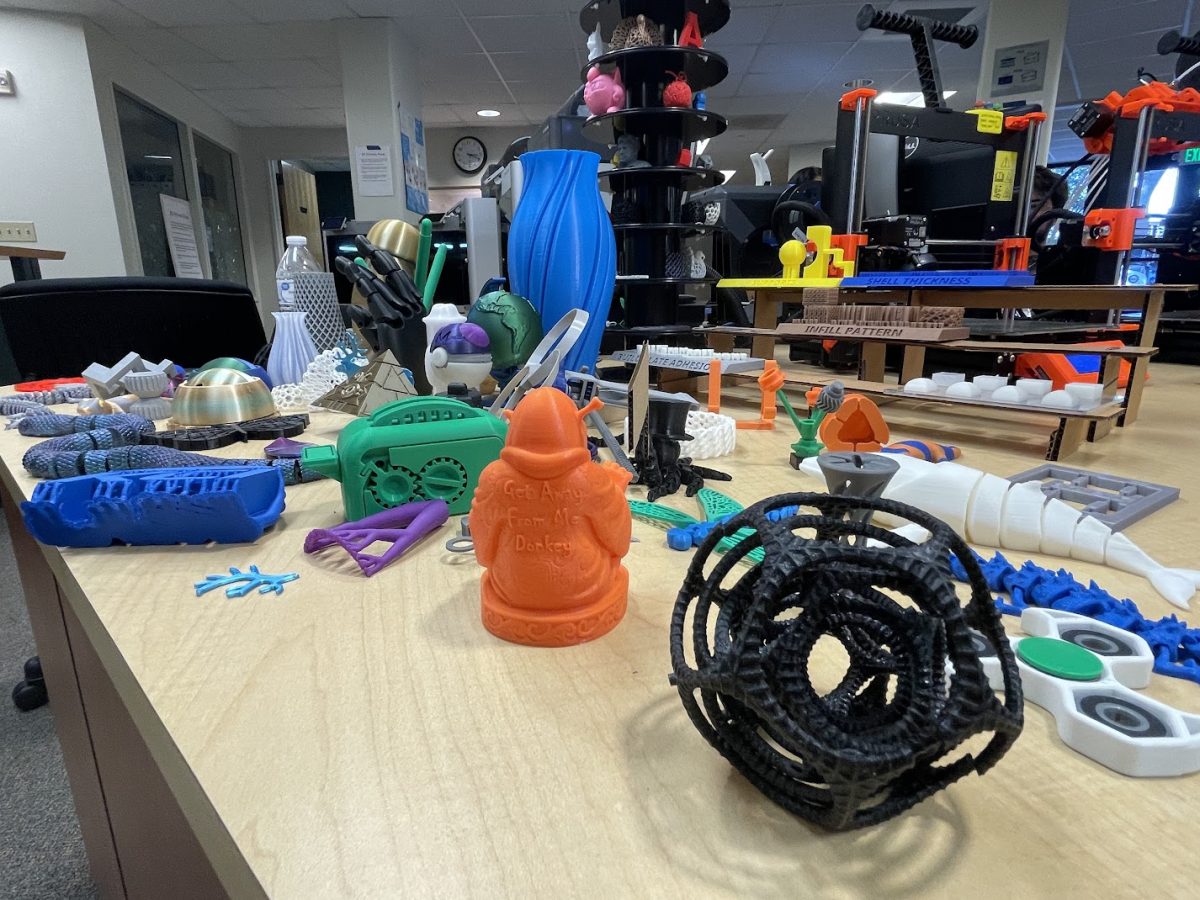
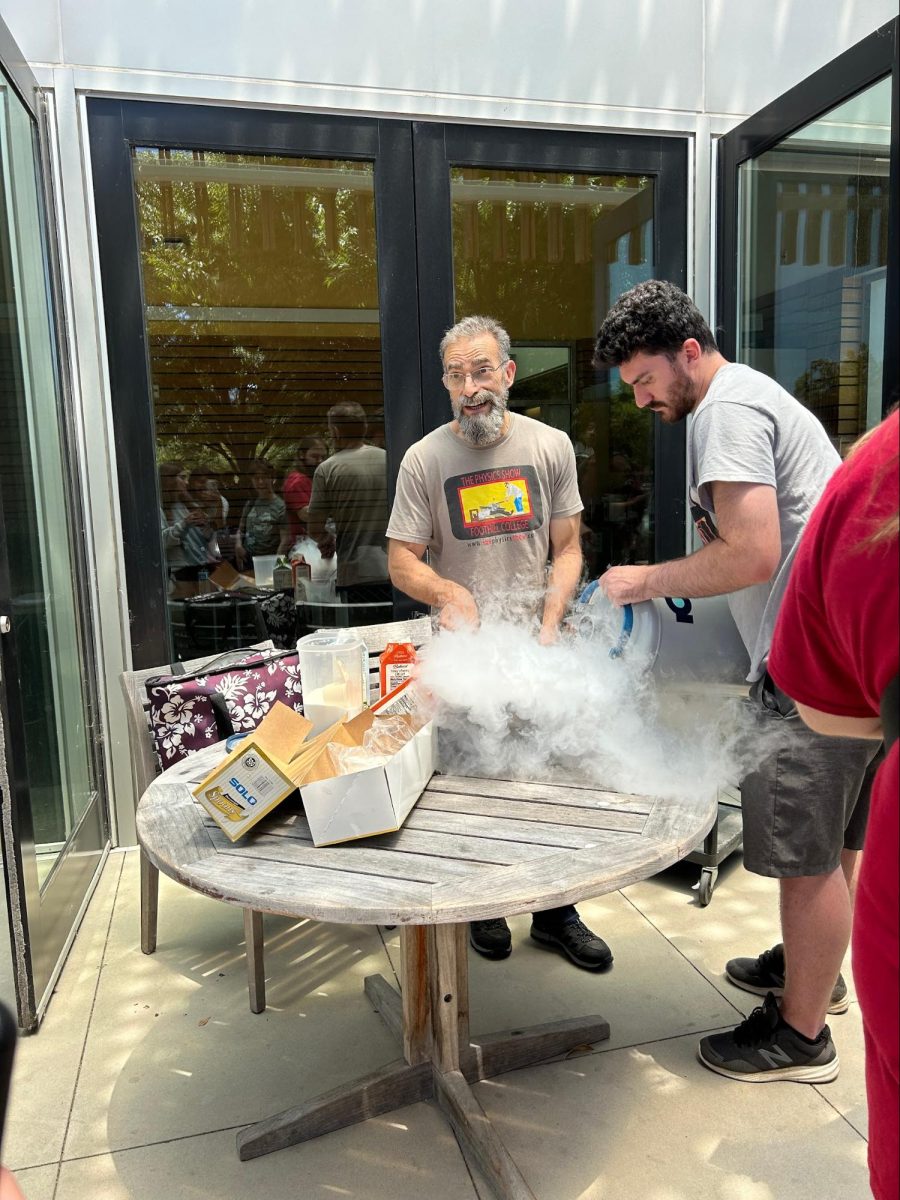
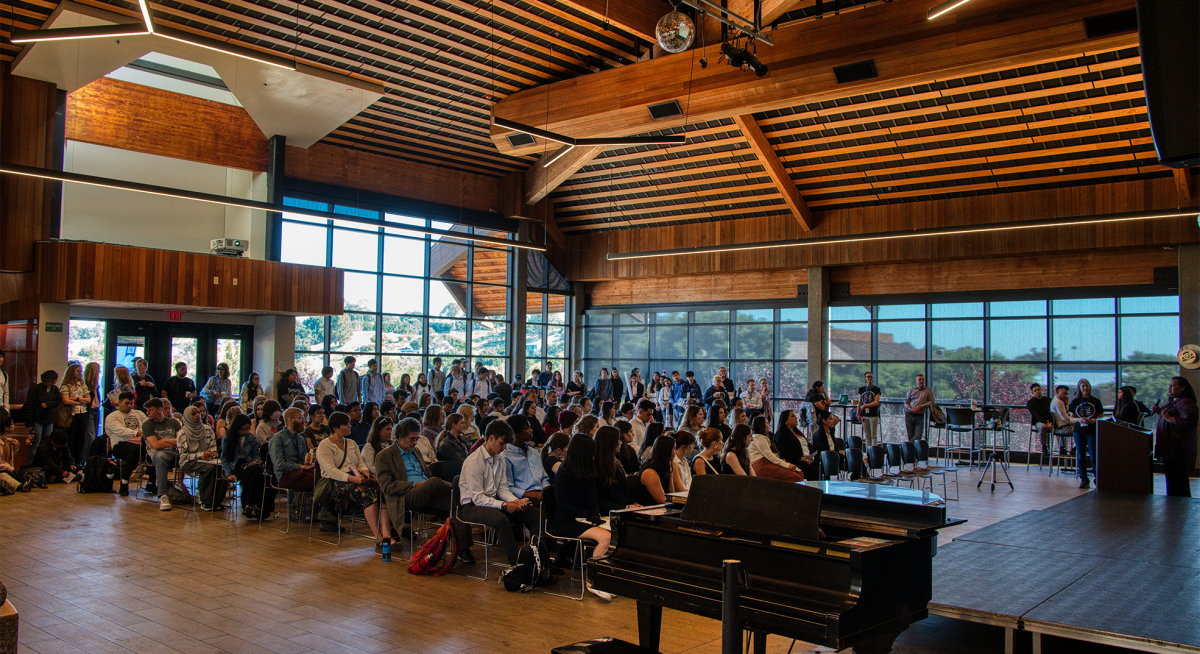
Serj
Aug 29, 2025 at 9:57 pm
Scientific work is like the flow of electric current – unseen at times, yet capable of producing powerful results!
brian lewis
Jun 26, 2025 at 10:24 am
Thanks so much for sharing your ideas on what it means to be a scientist today!! This is very important for our society to understand if we want to move forward as a civilization.